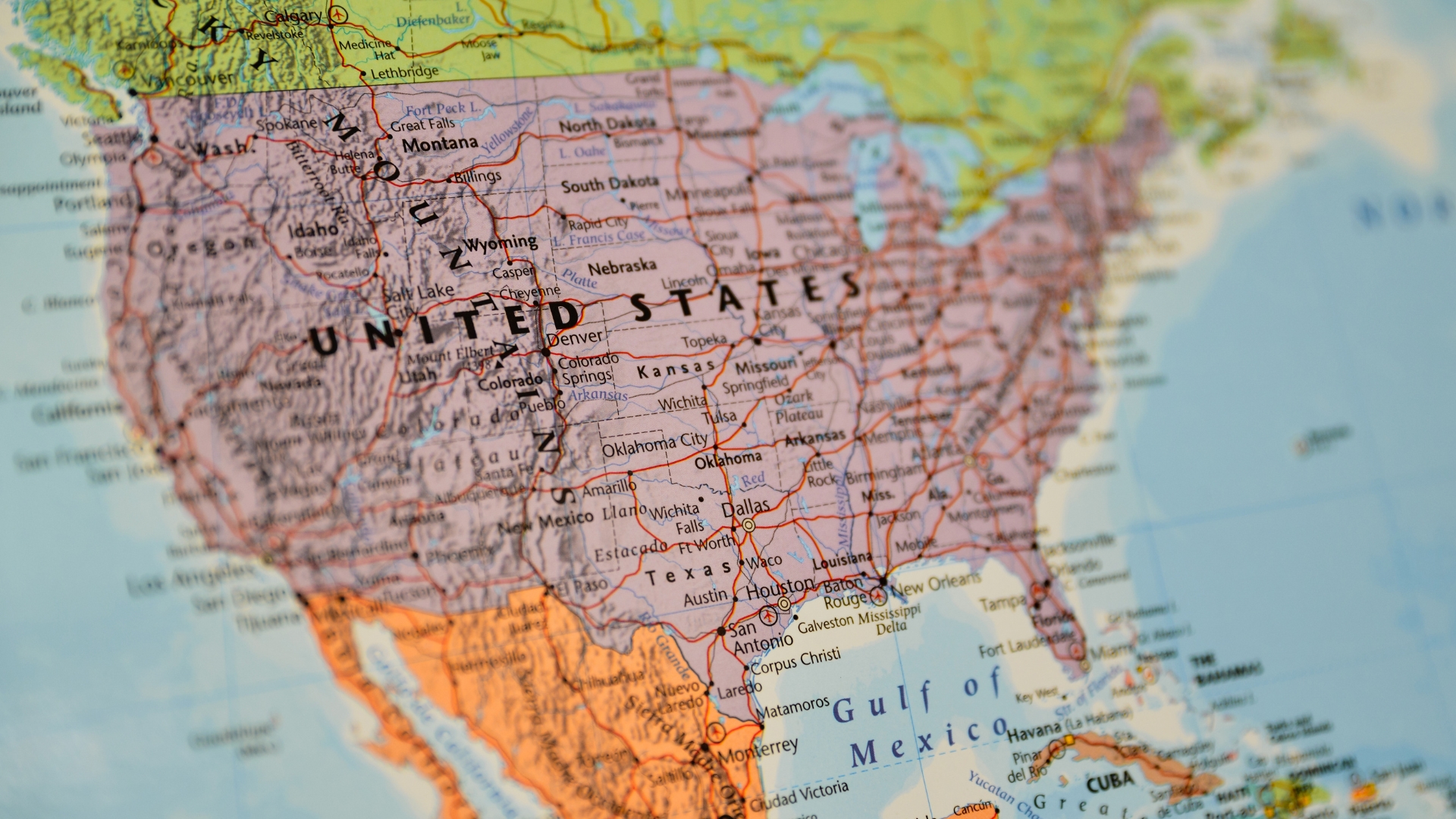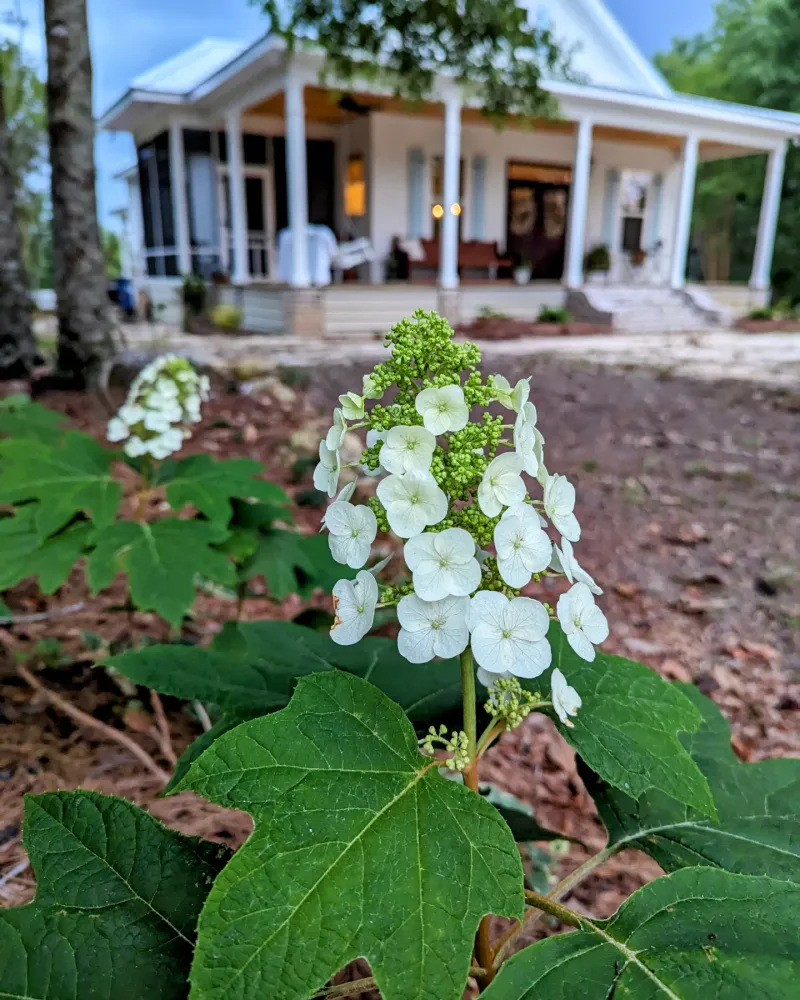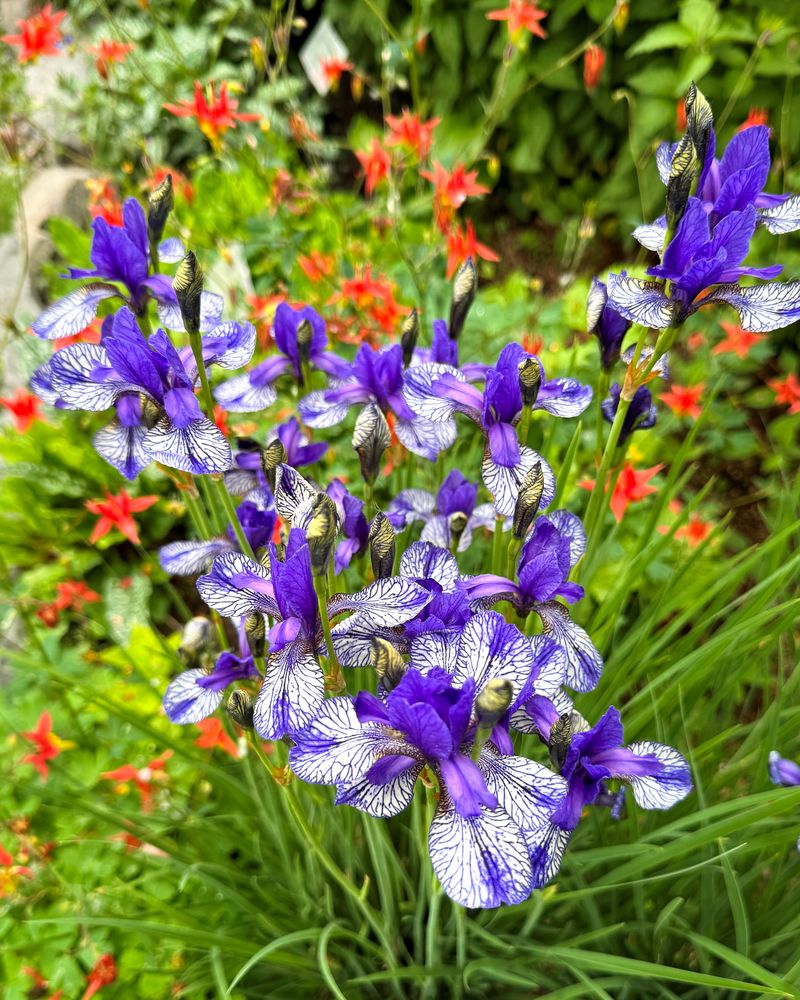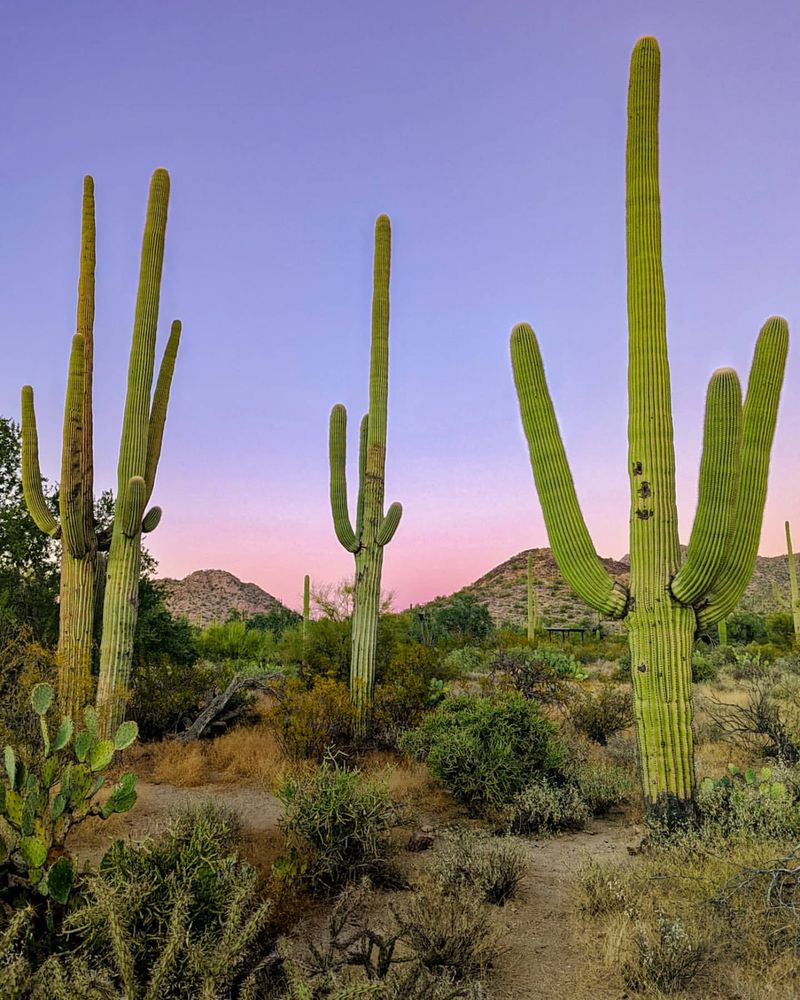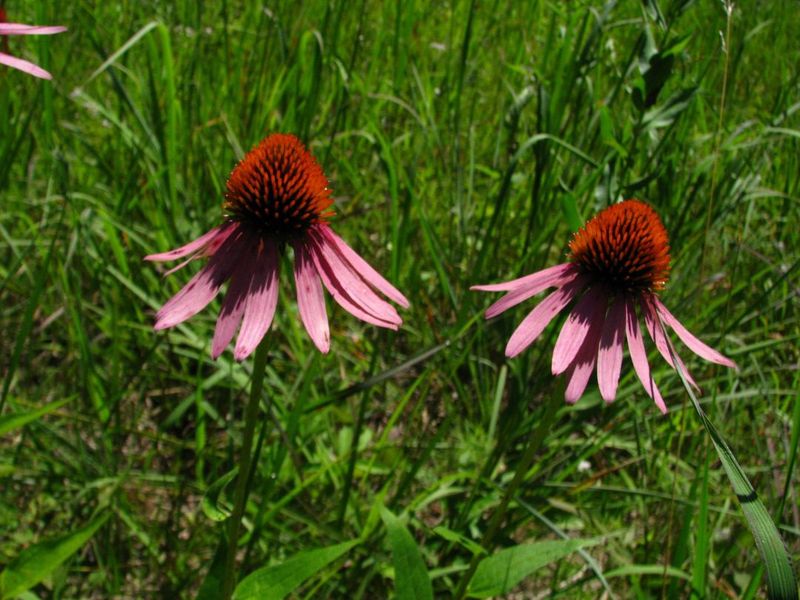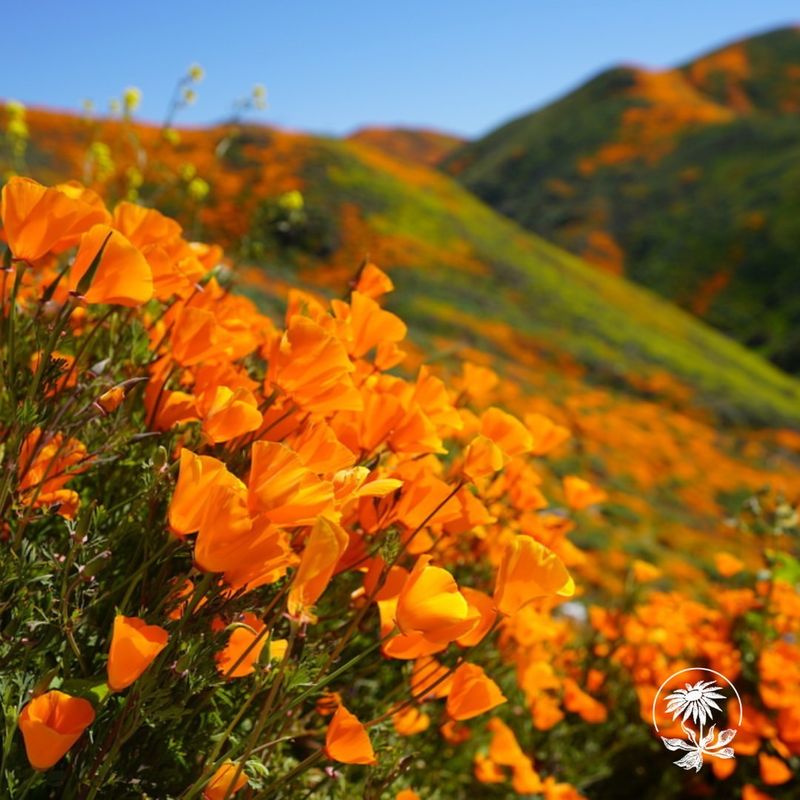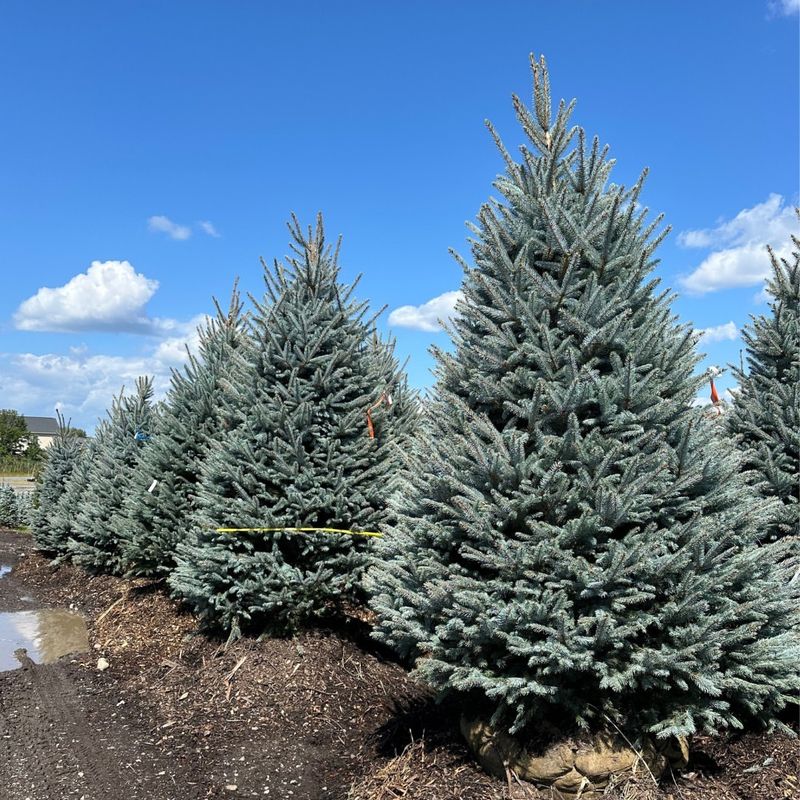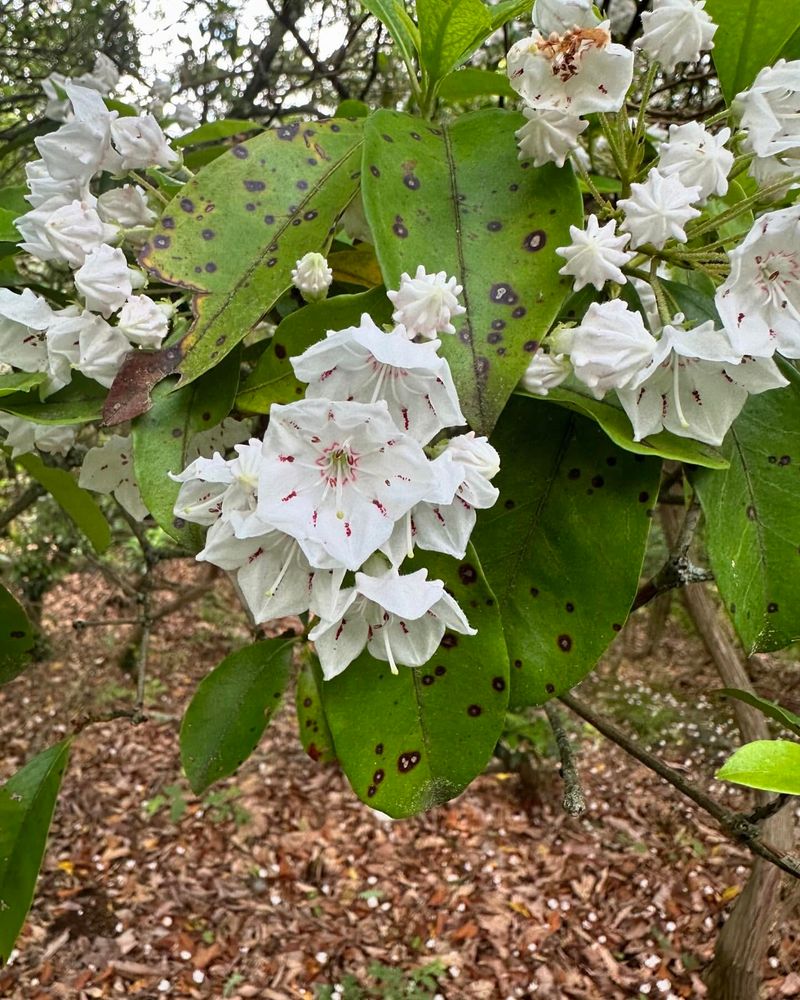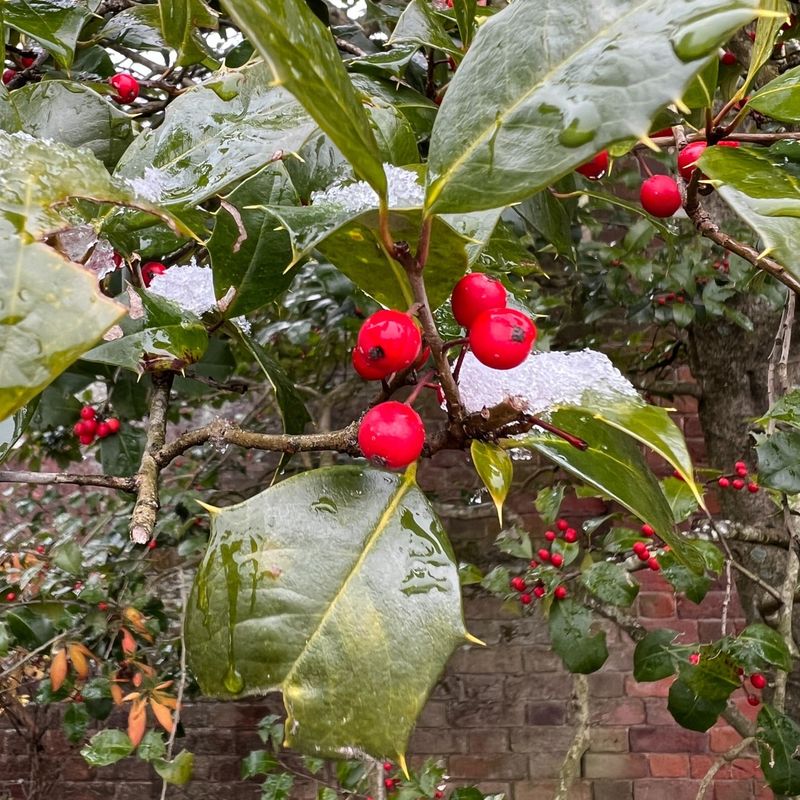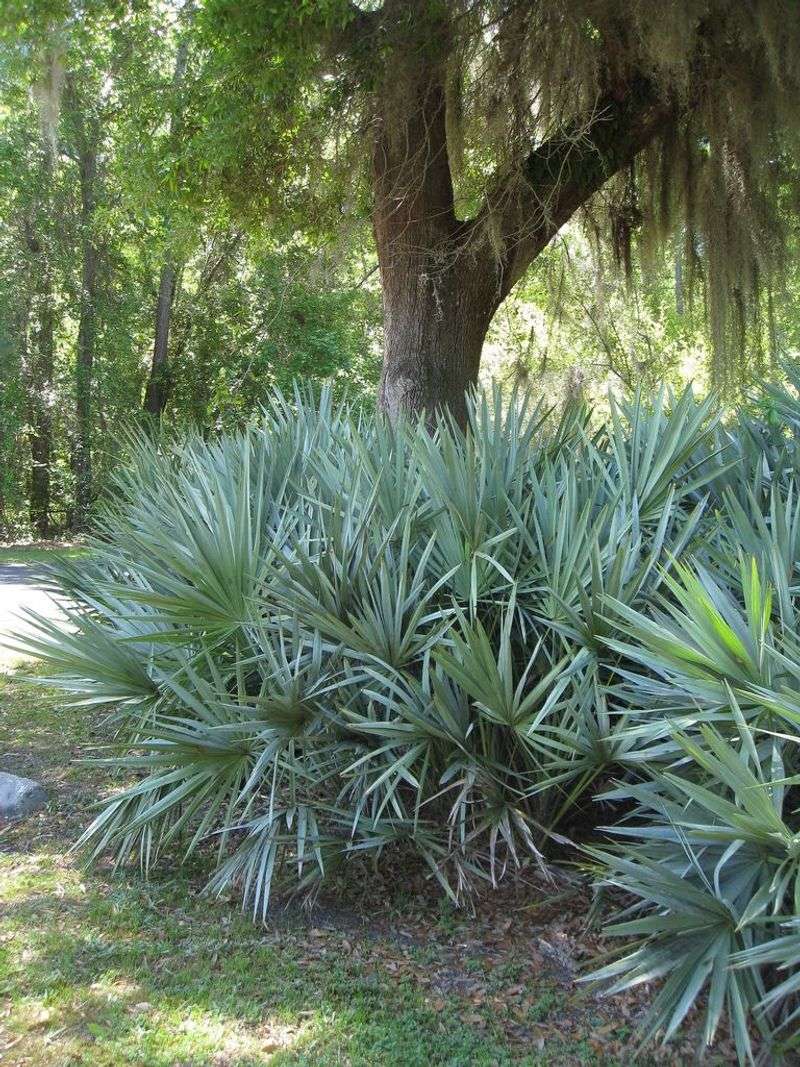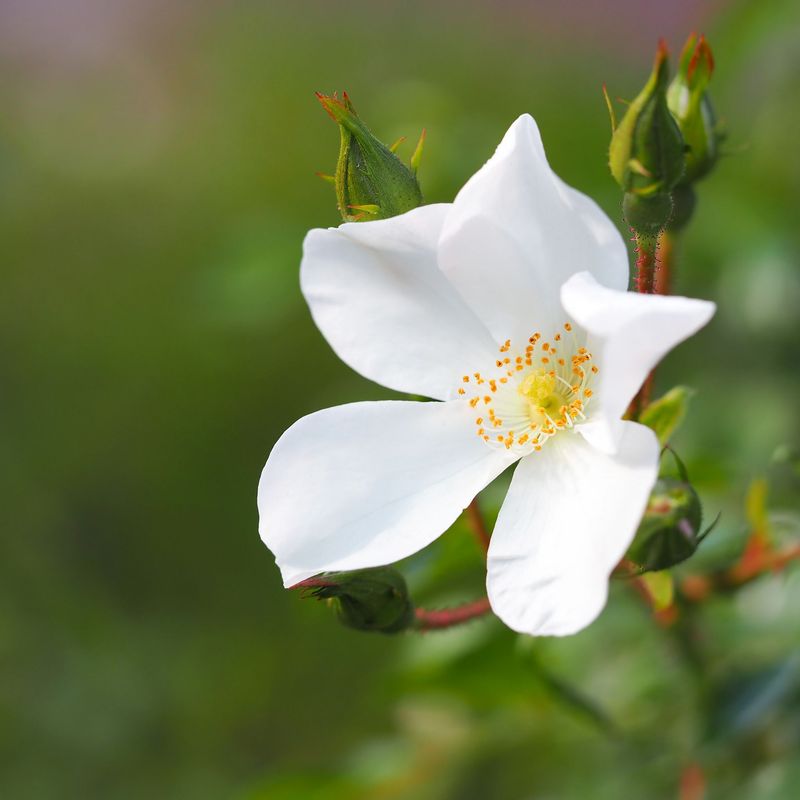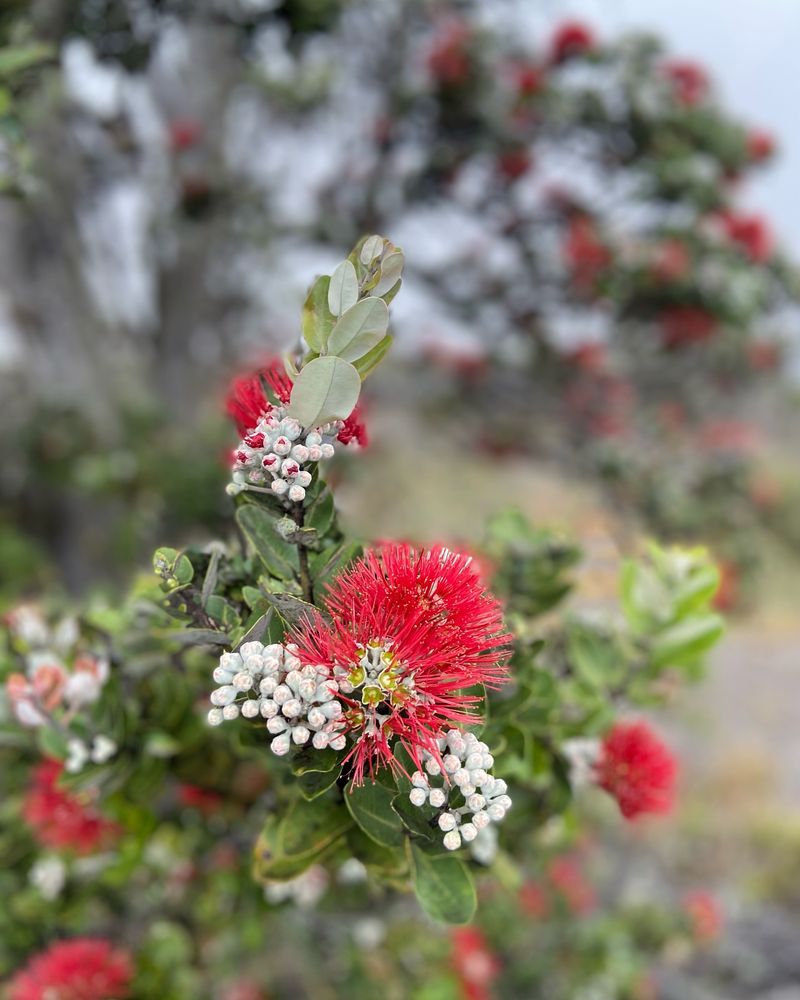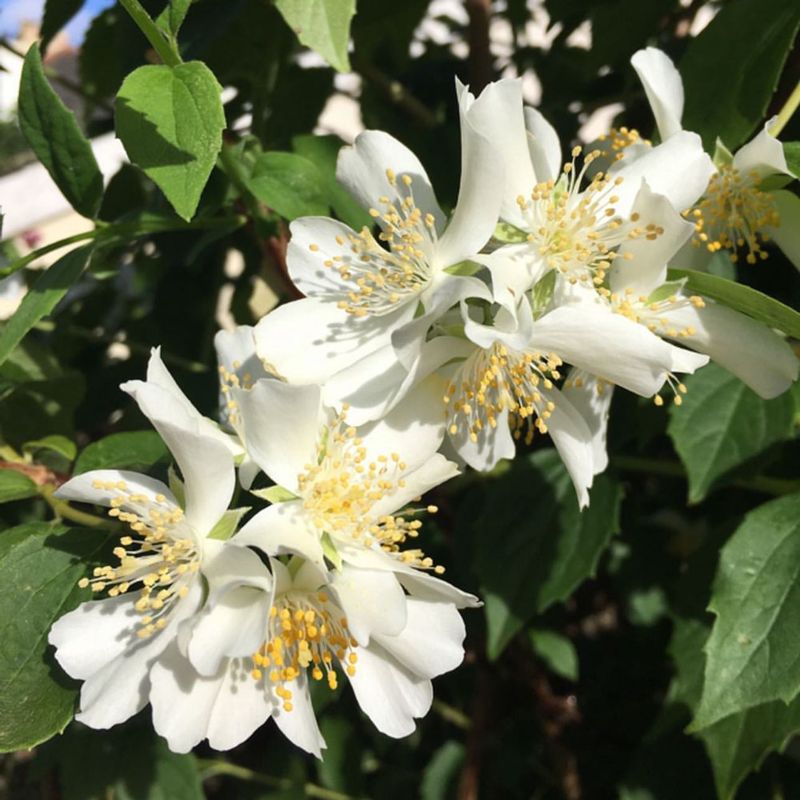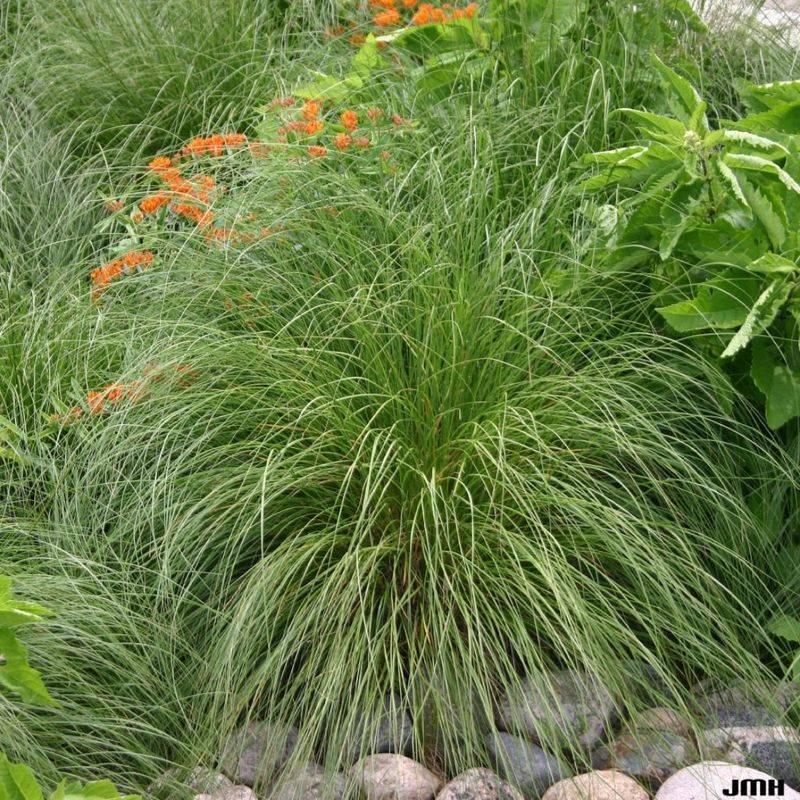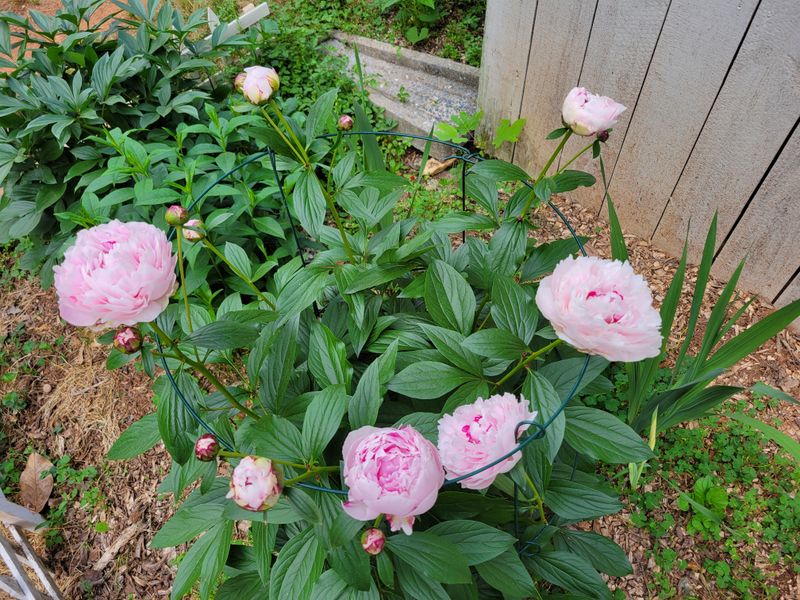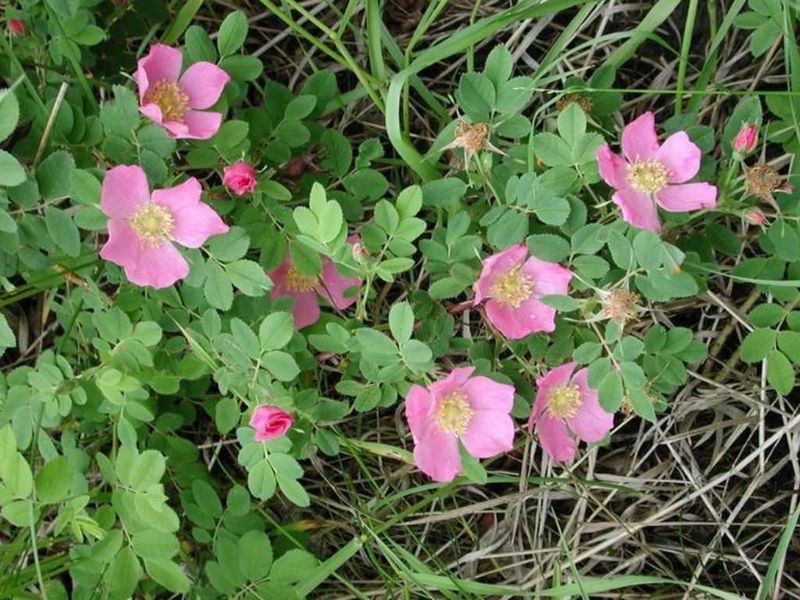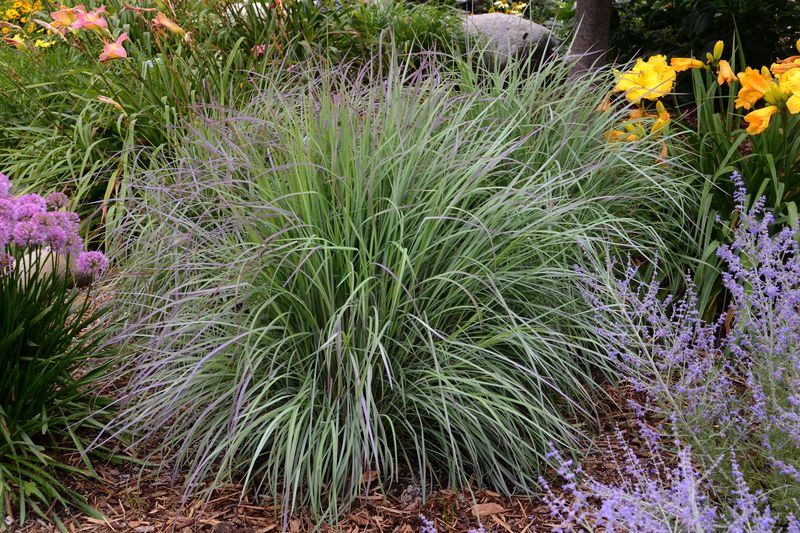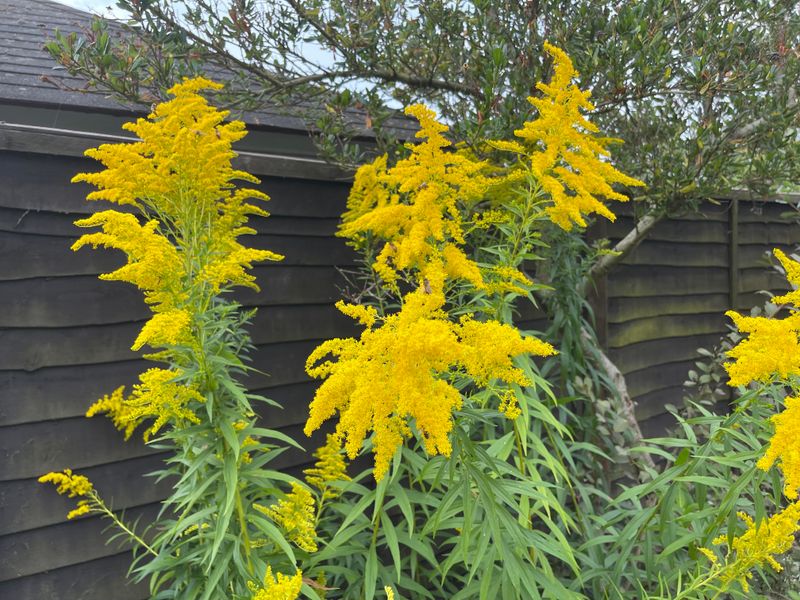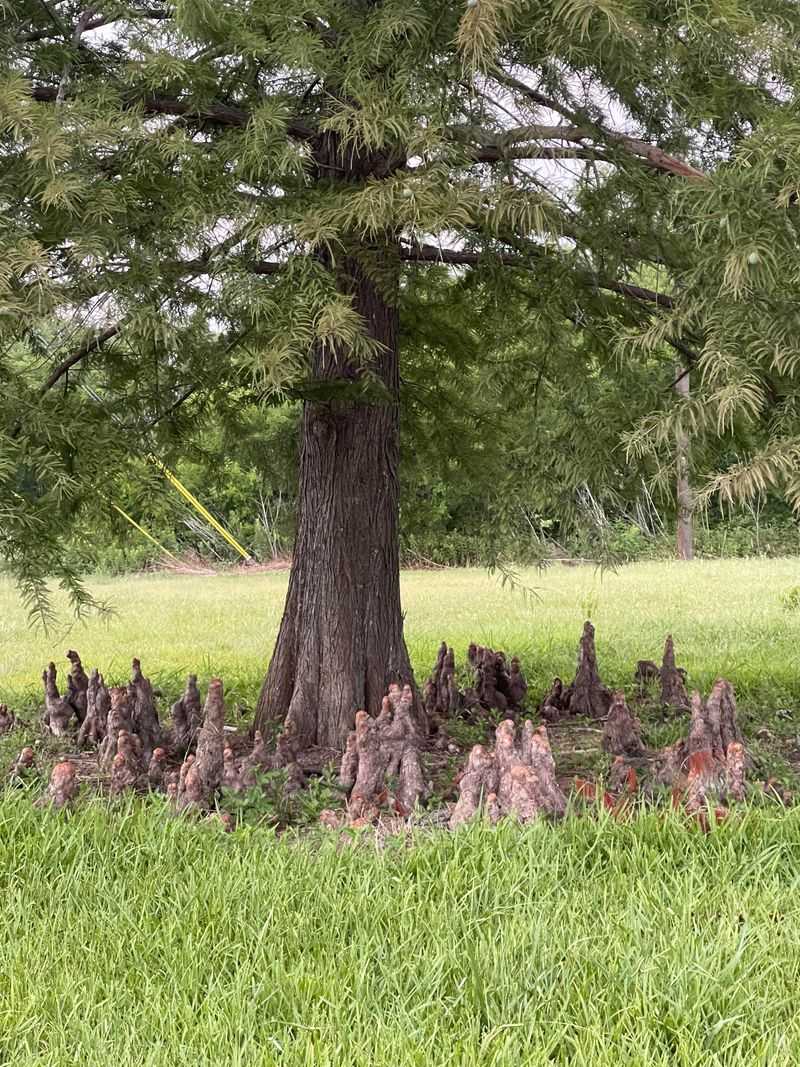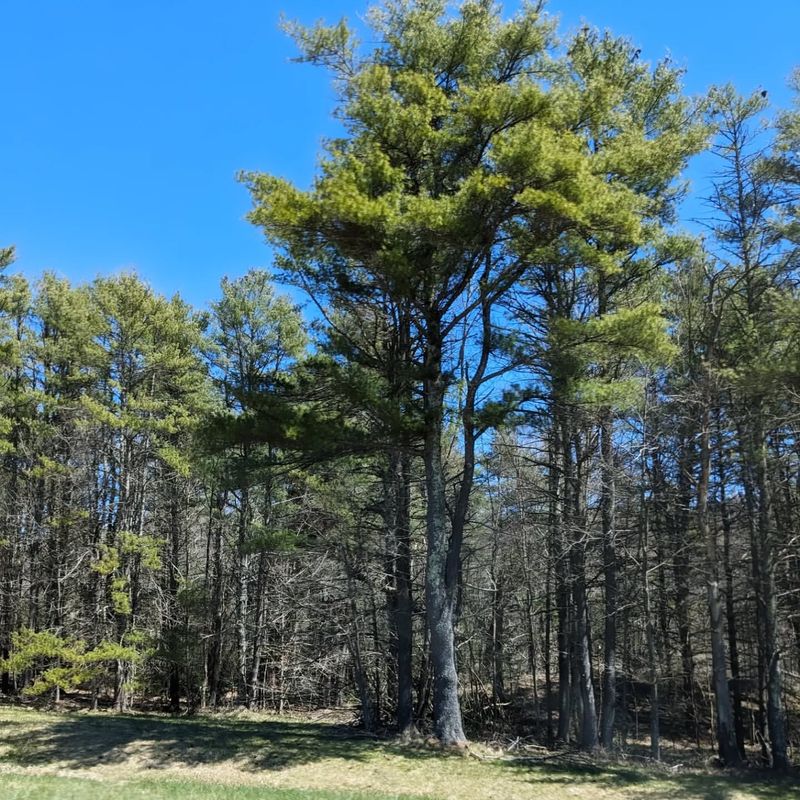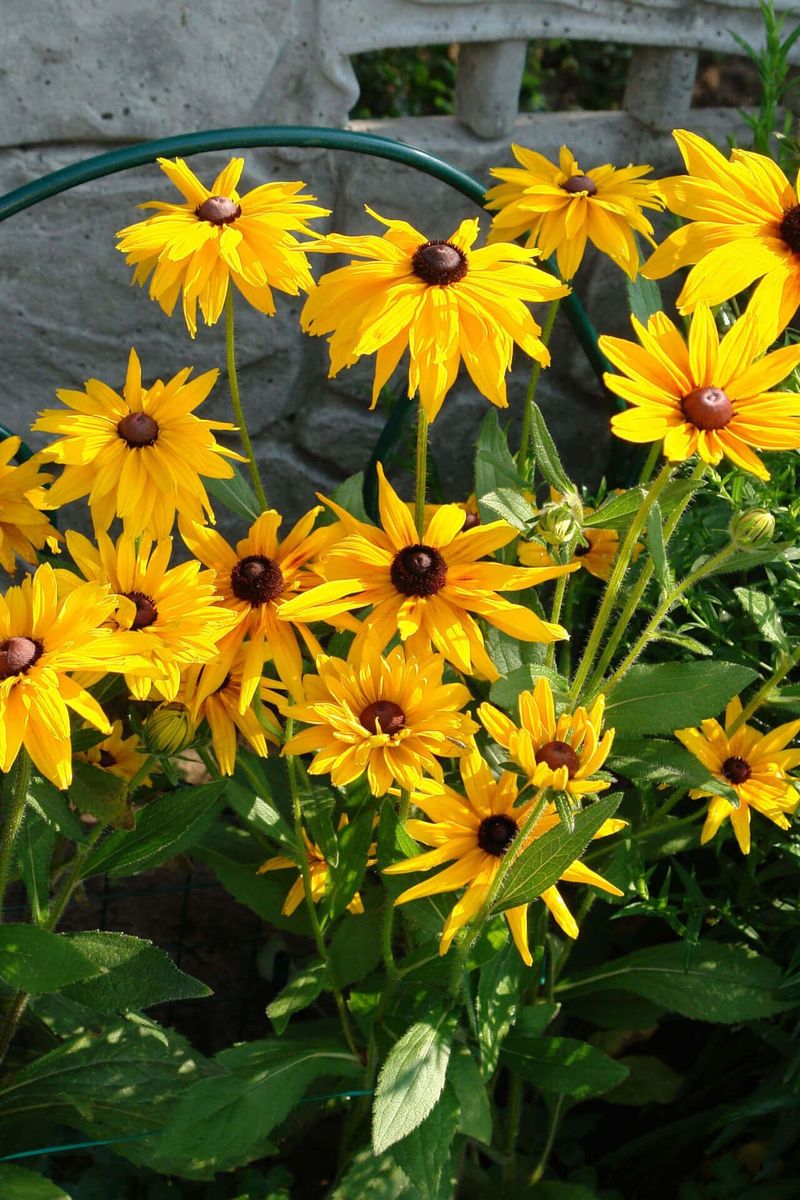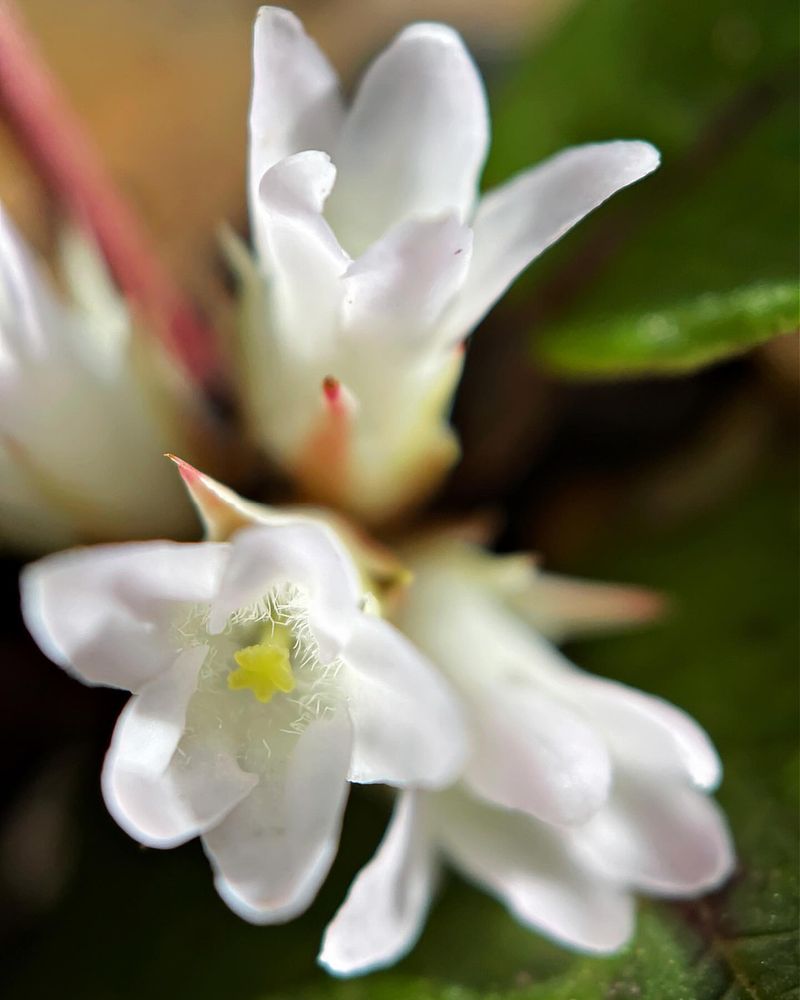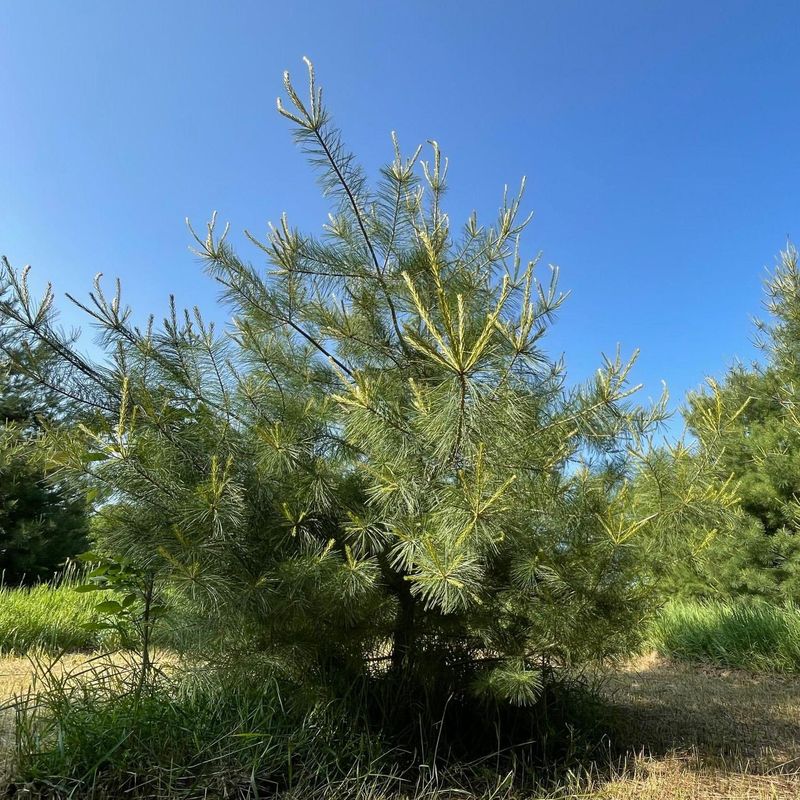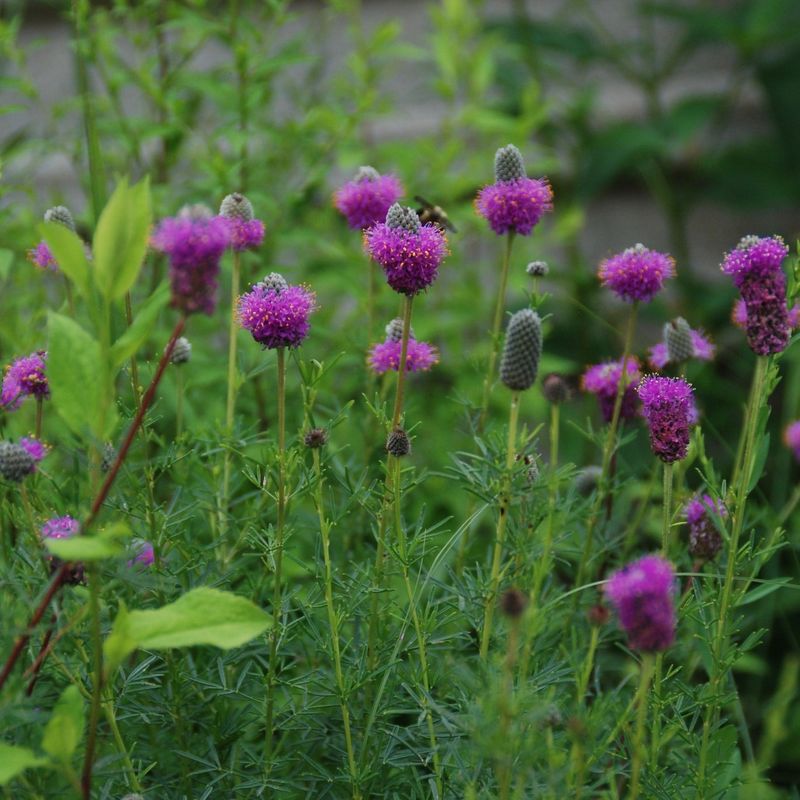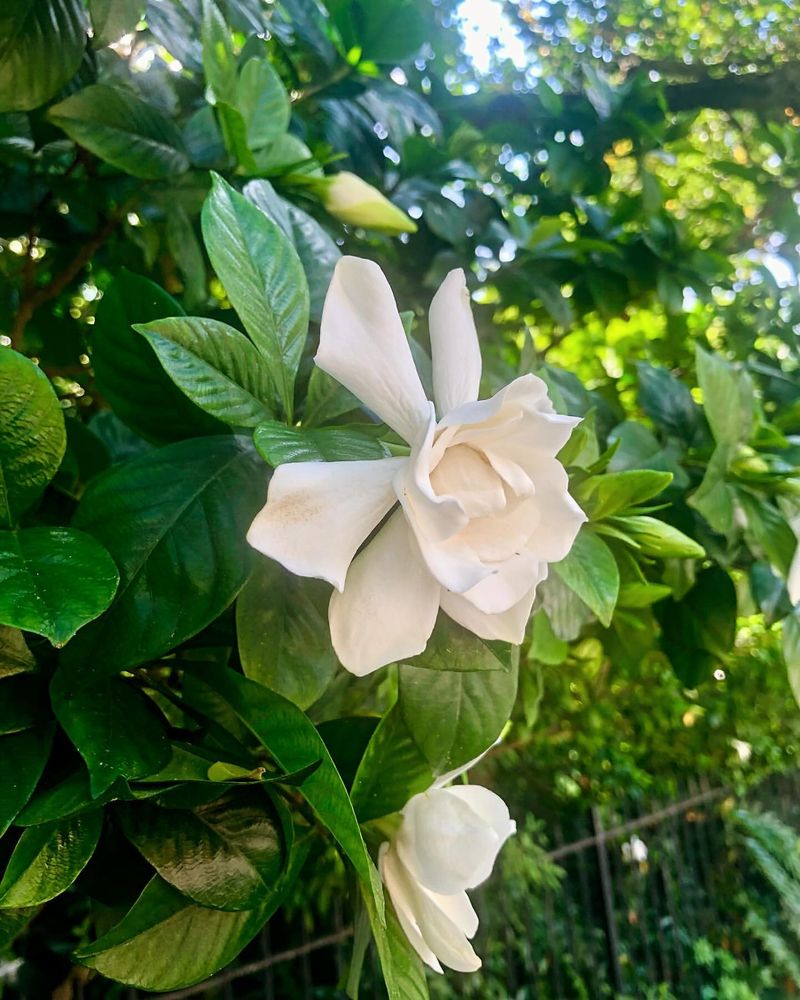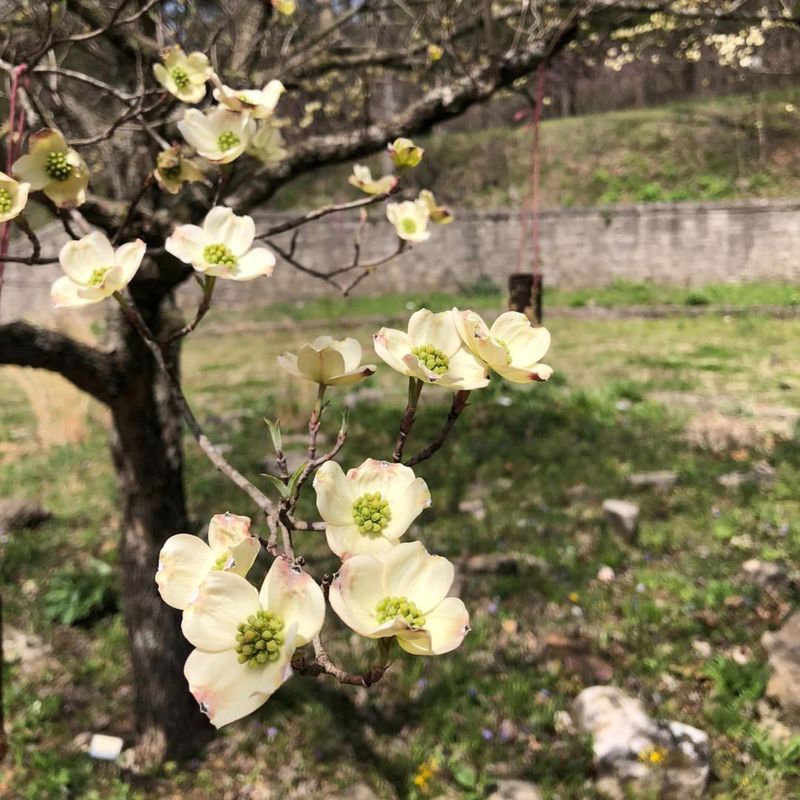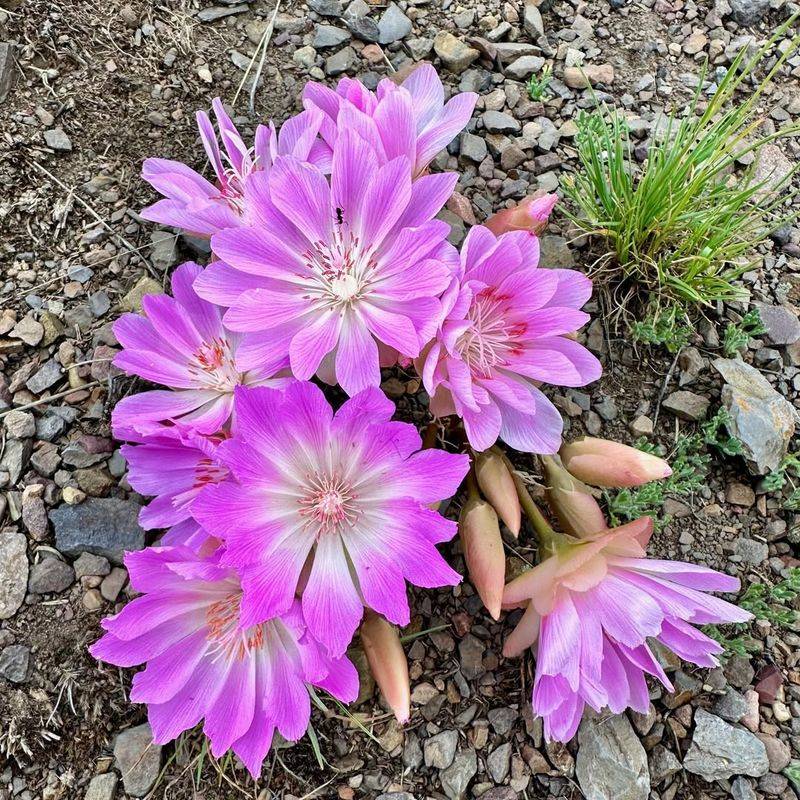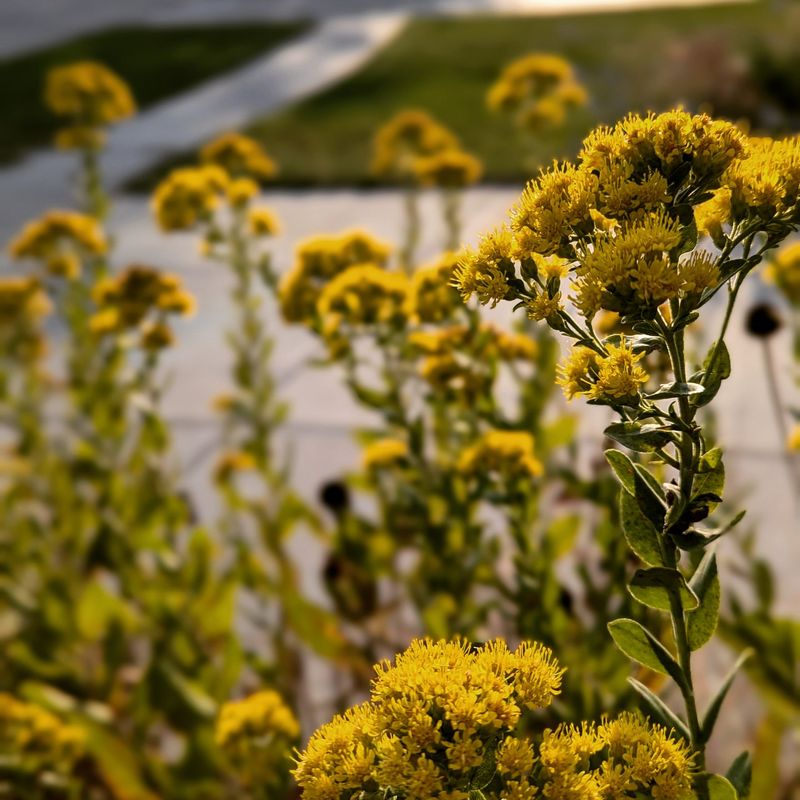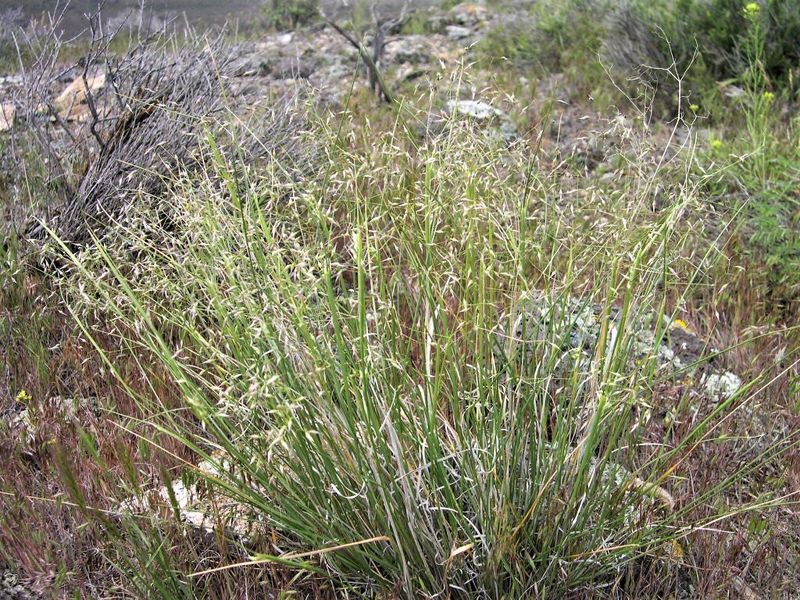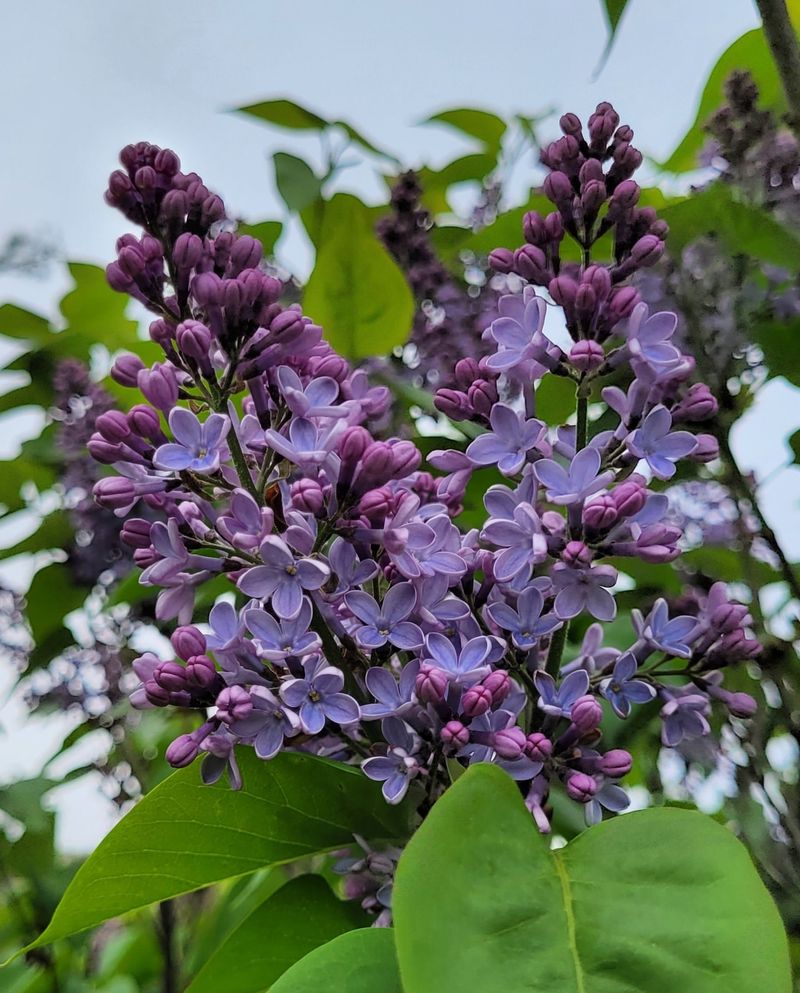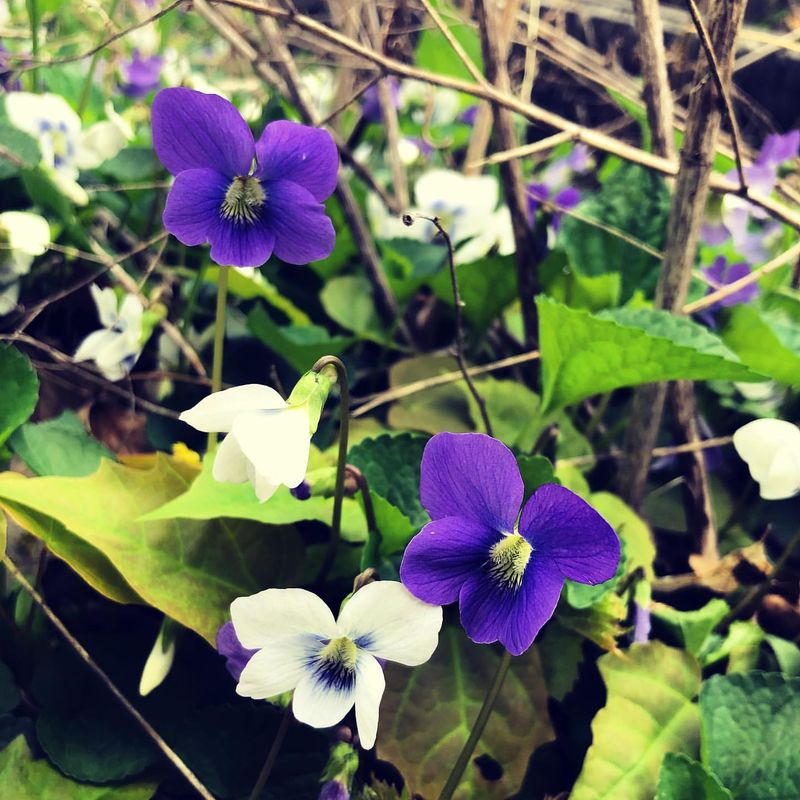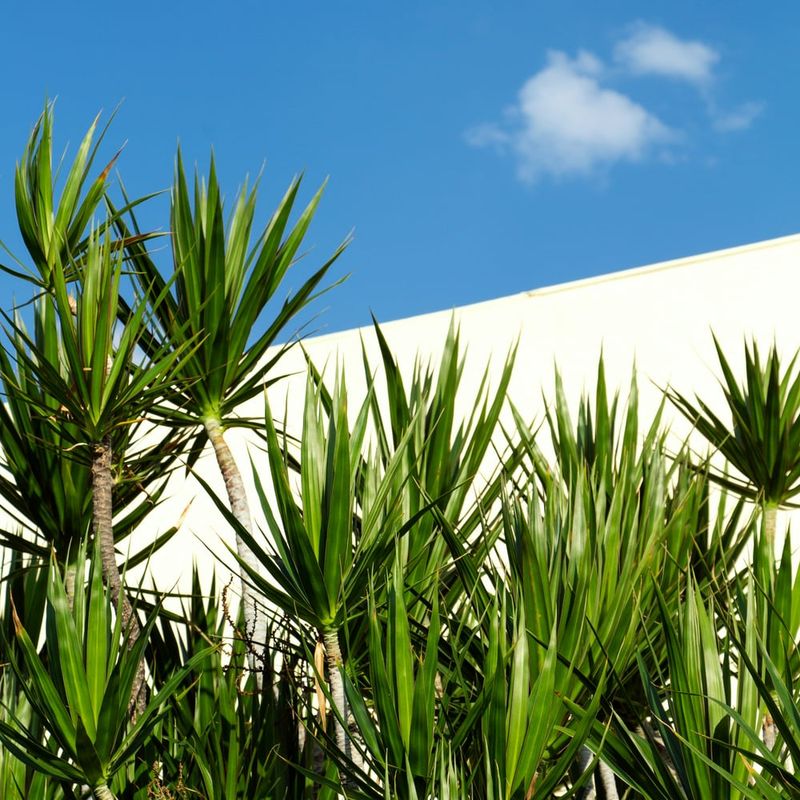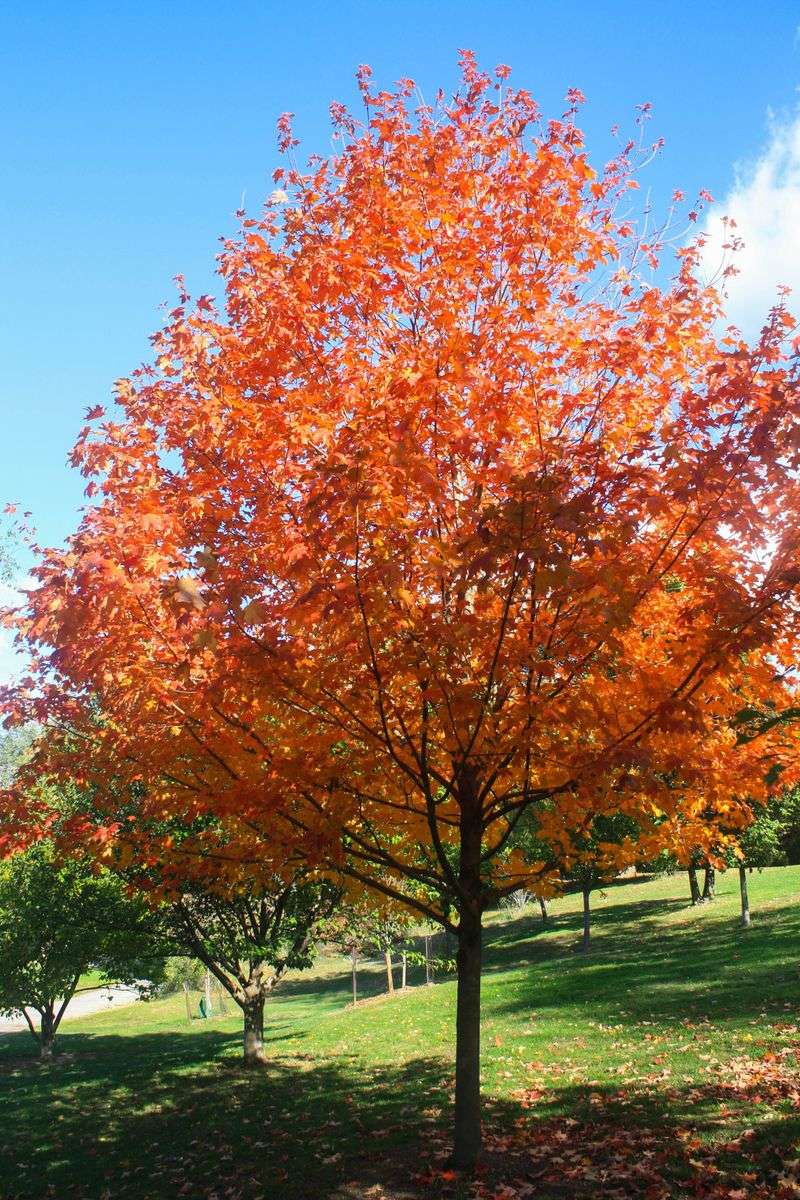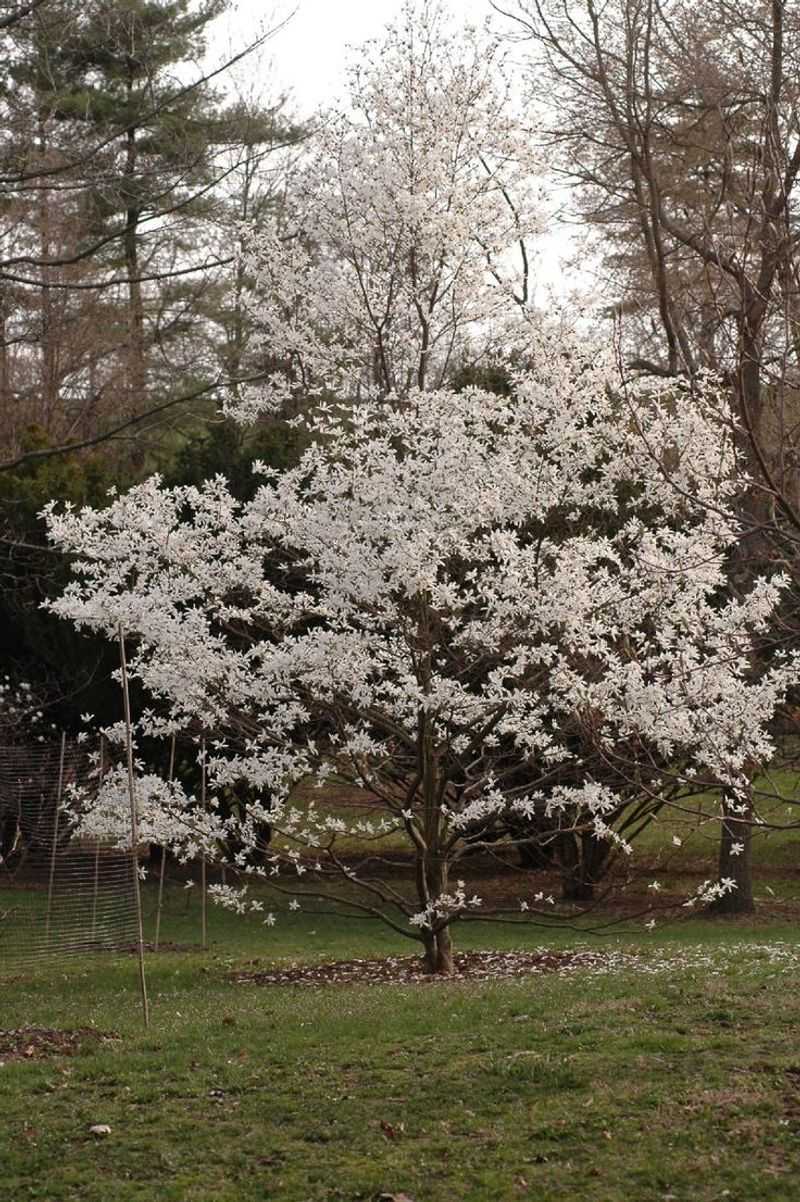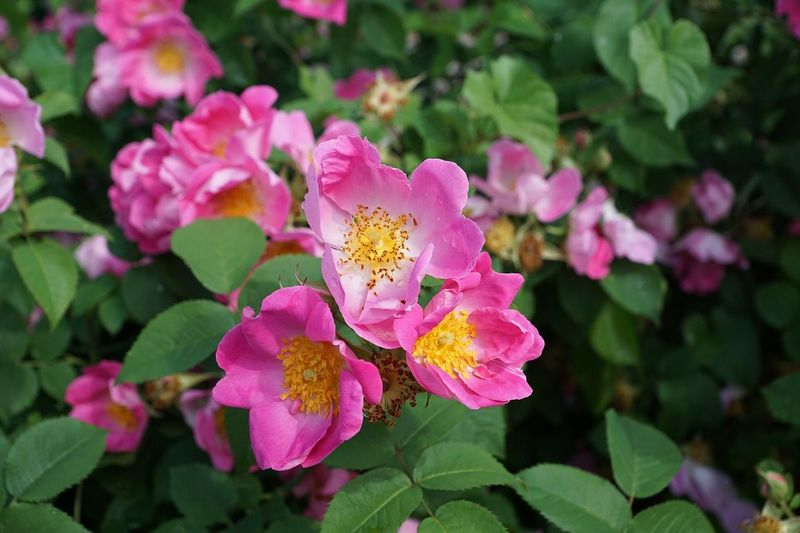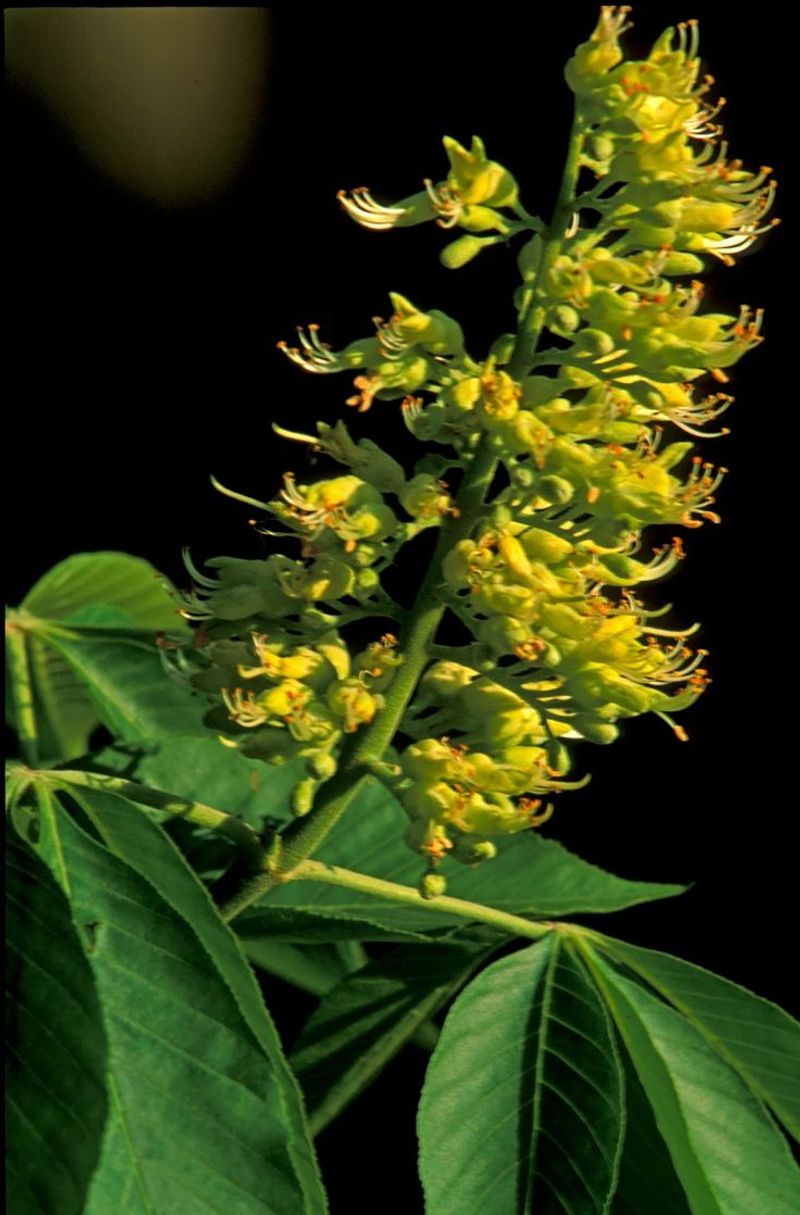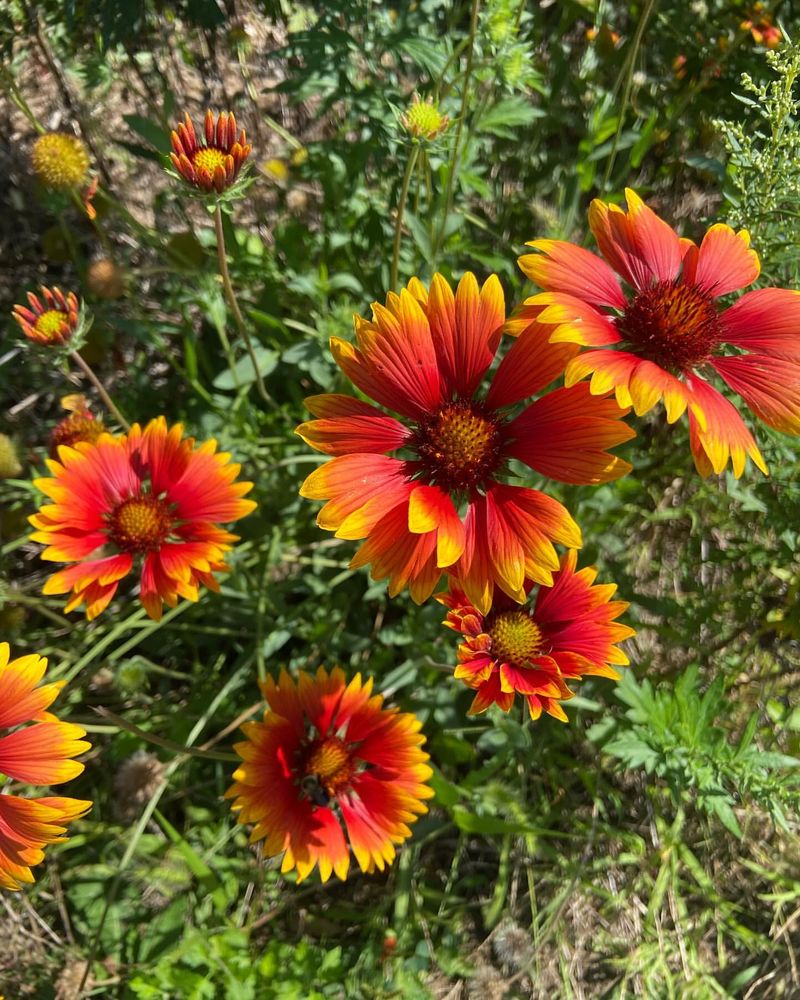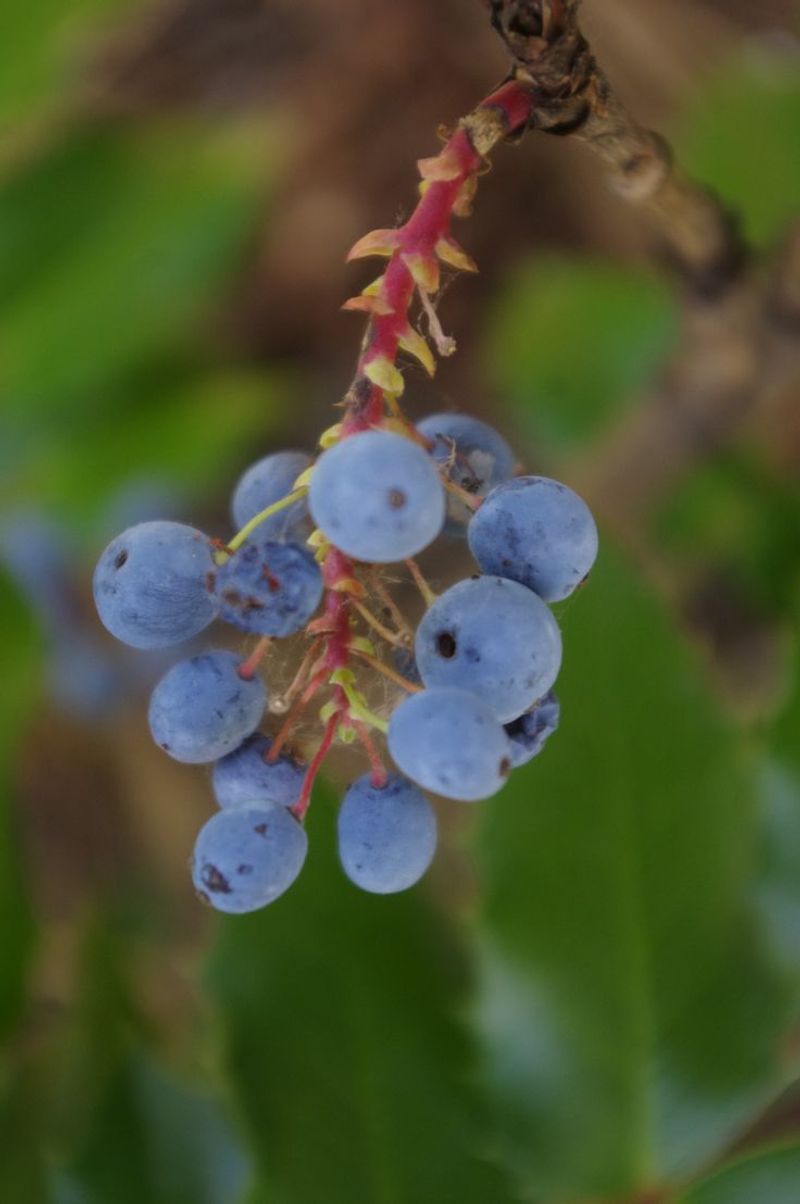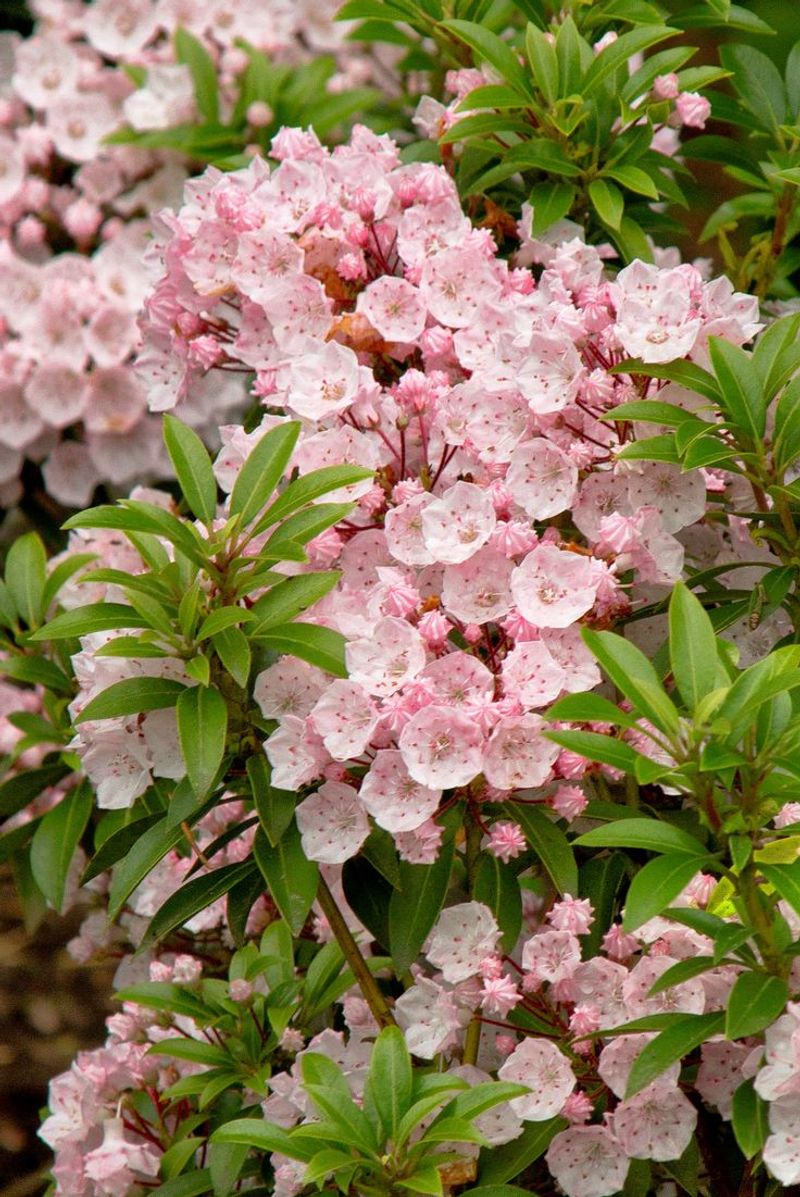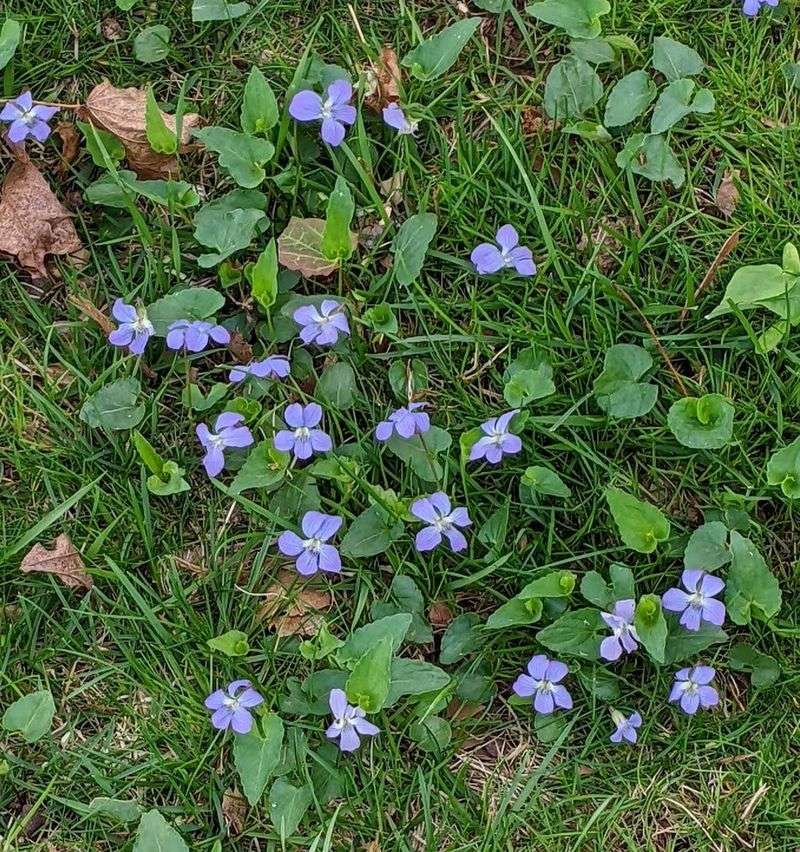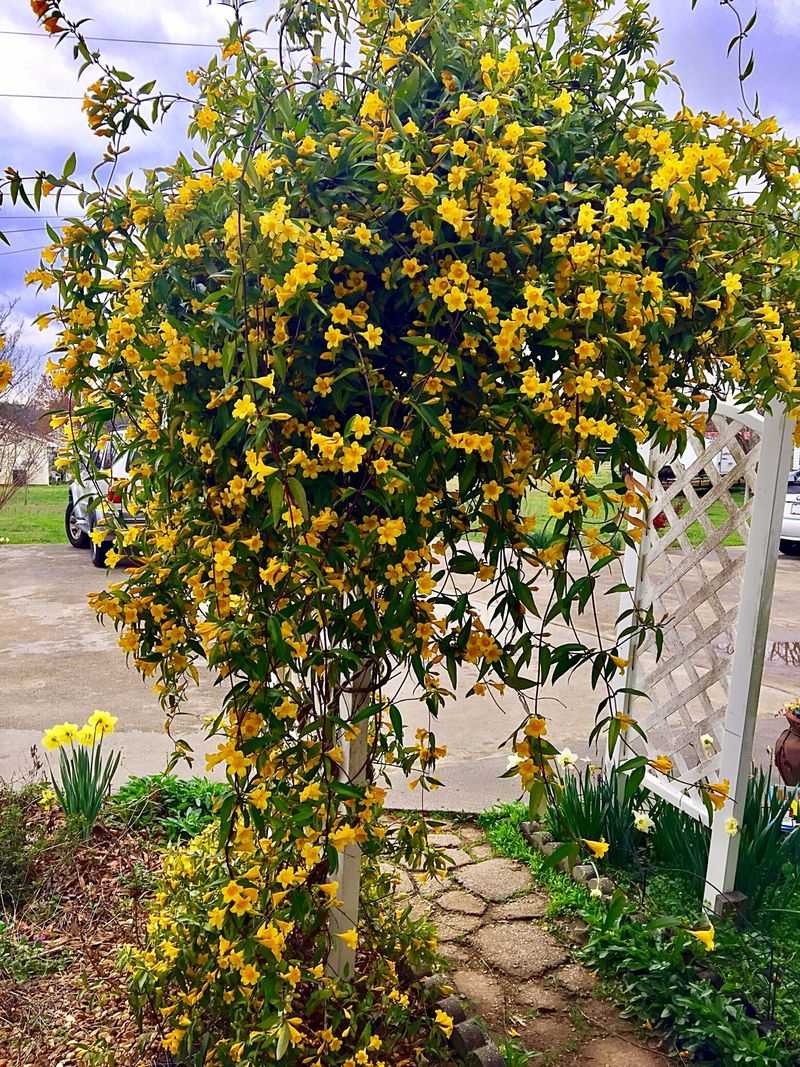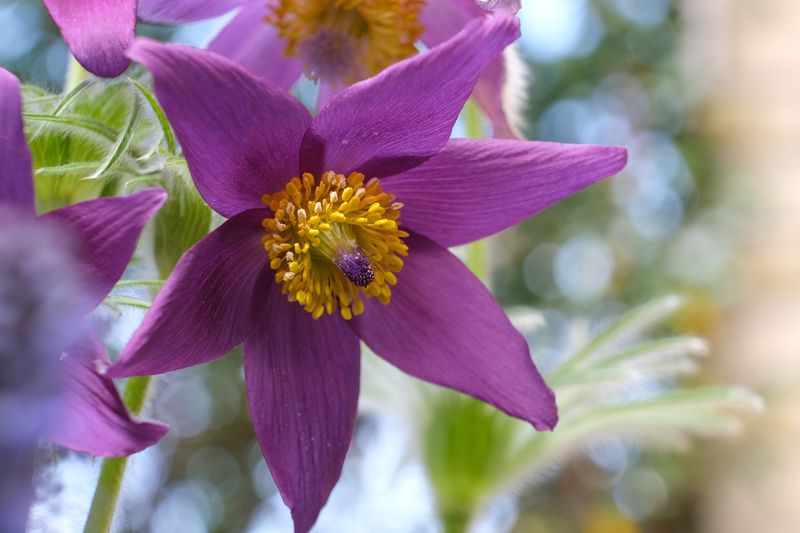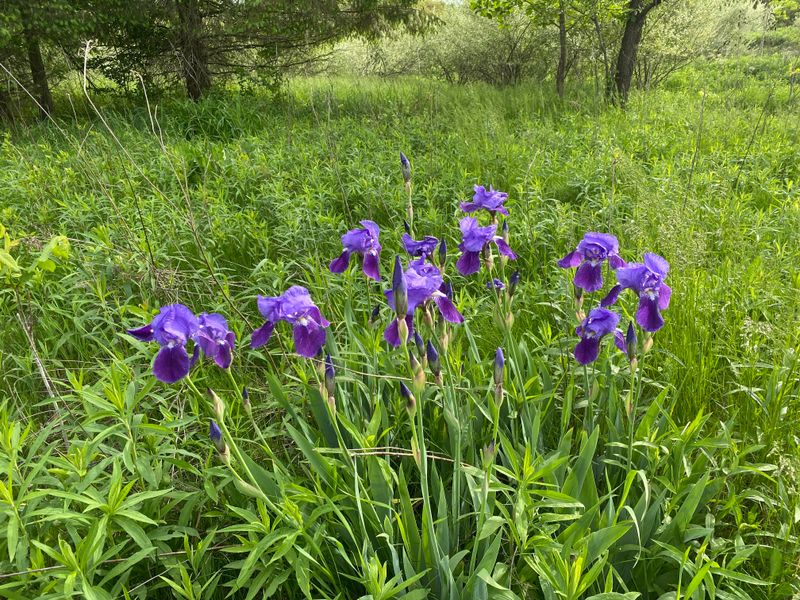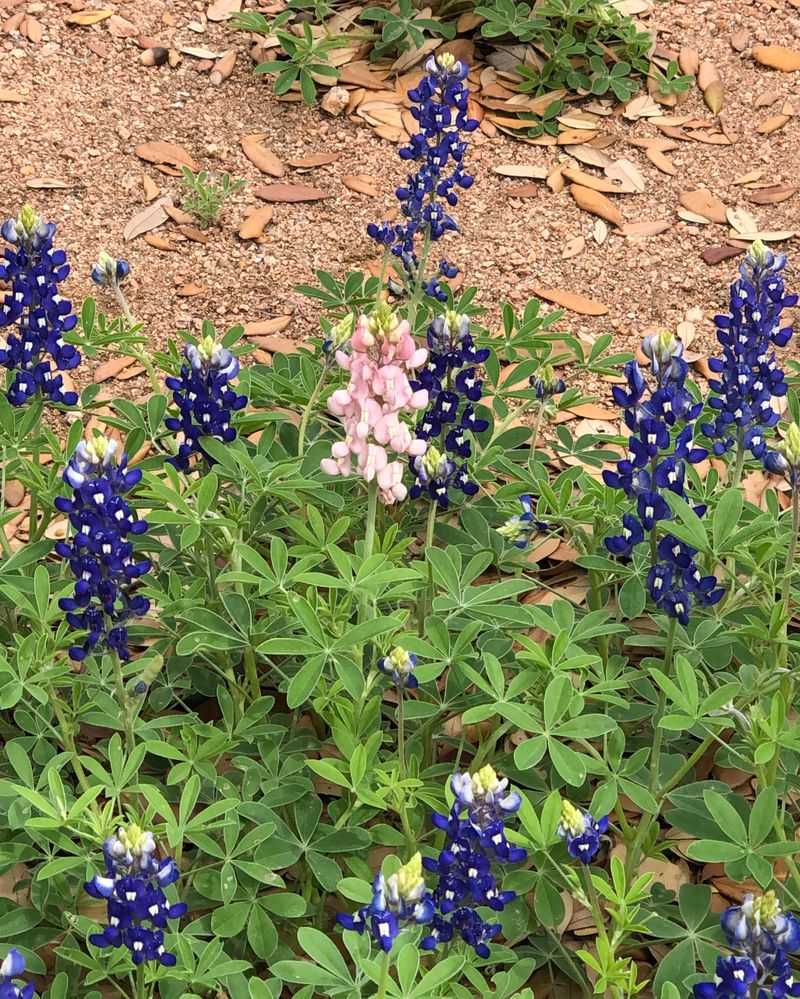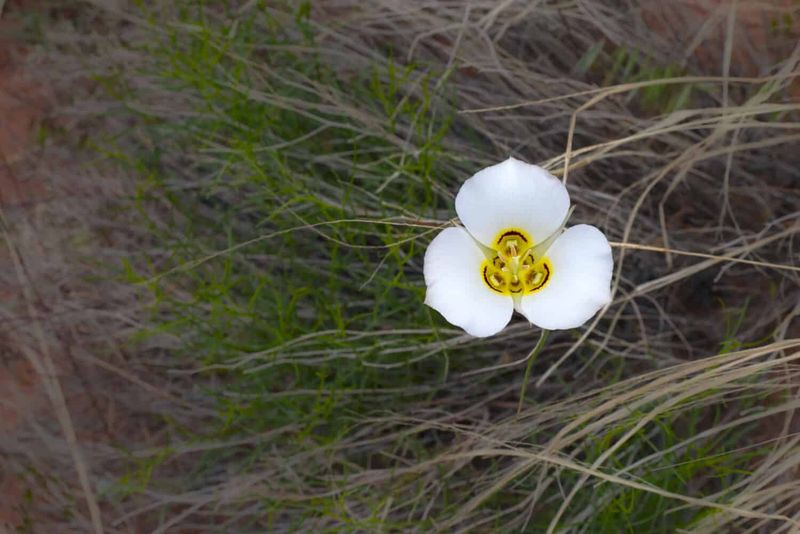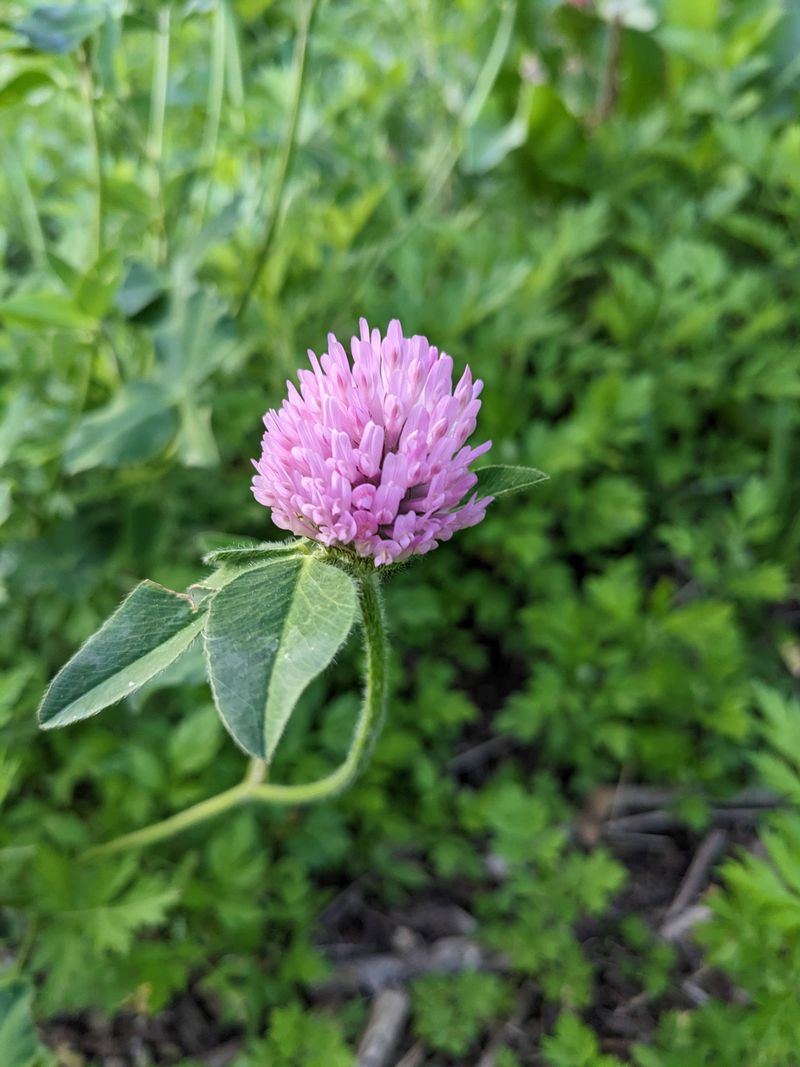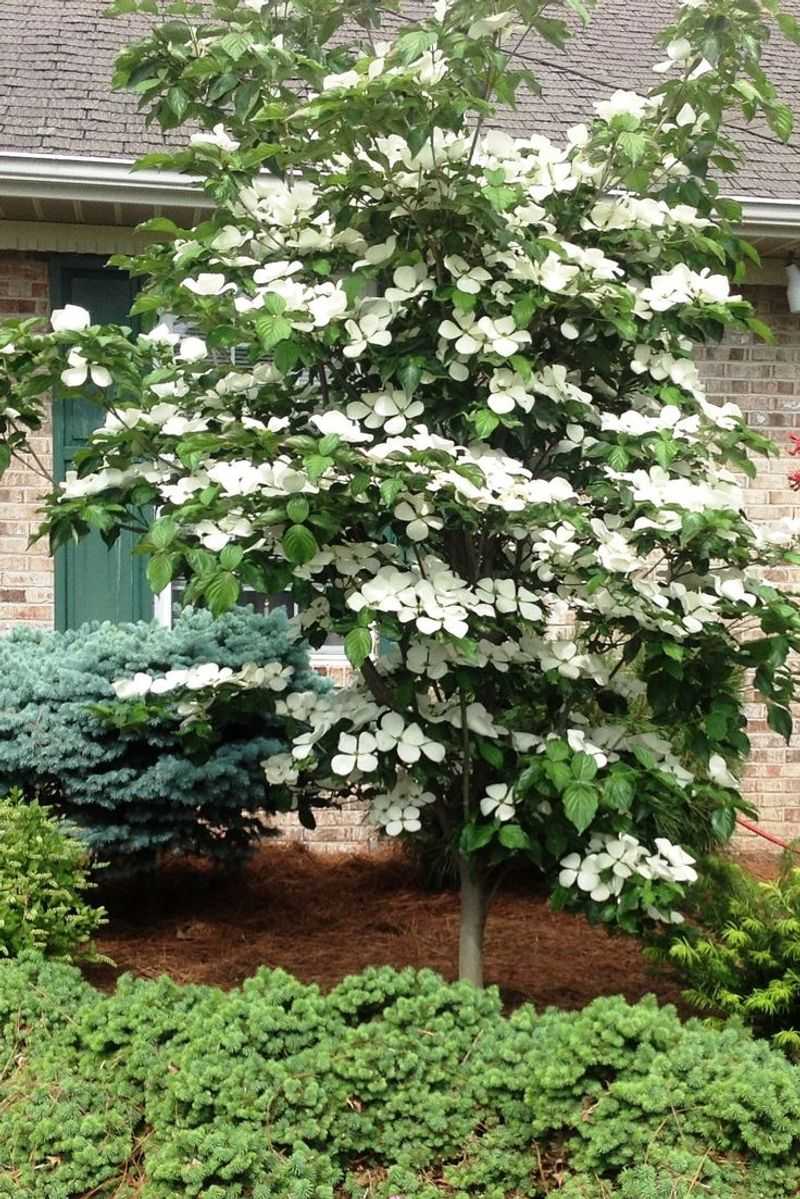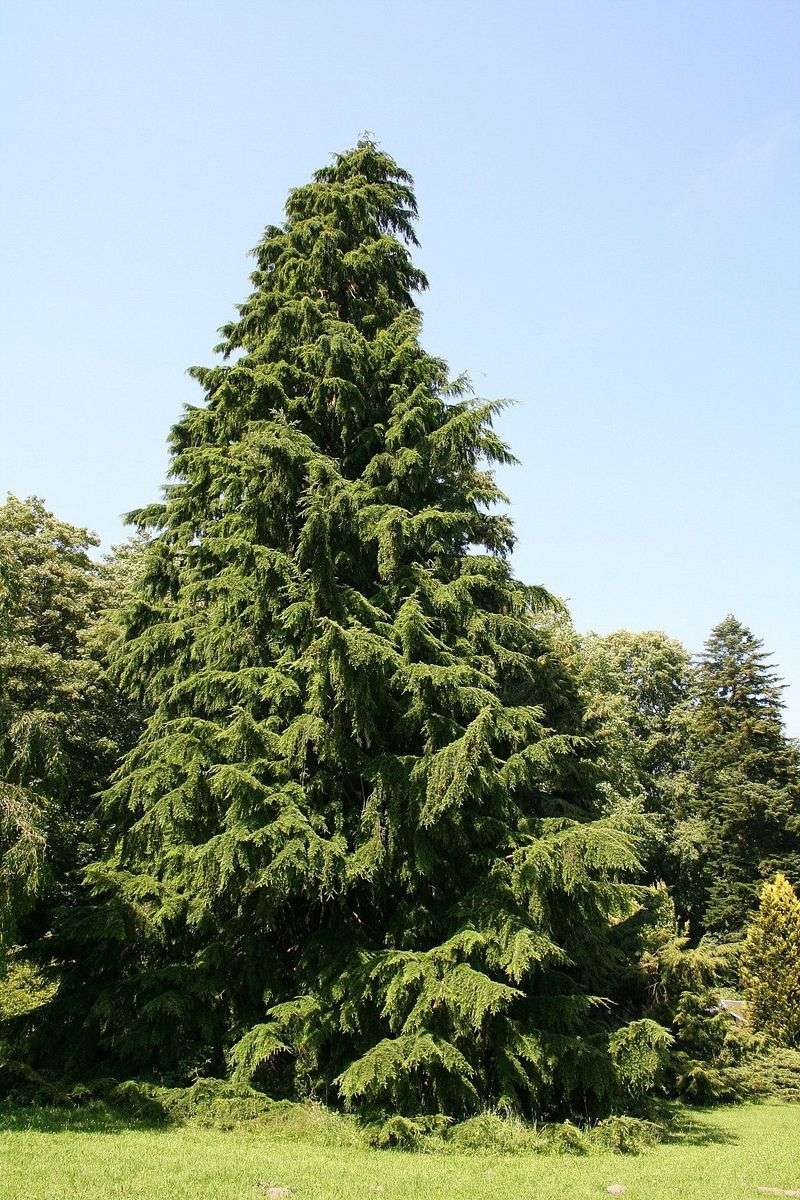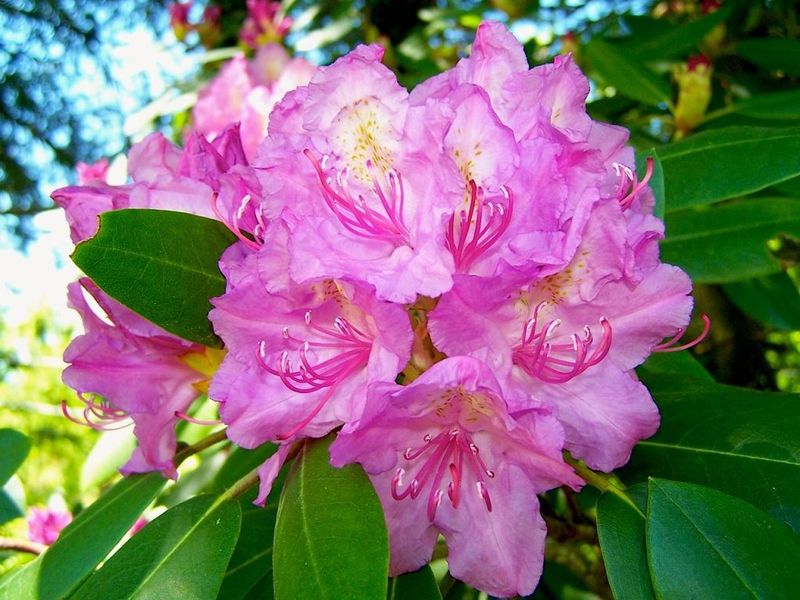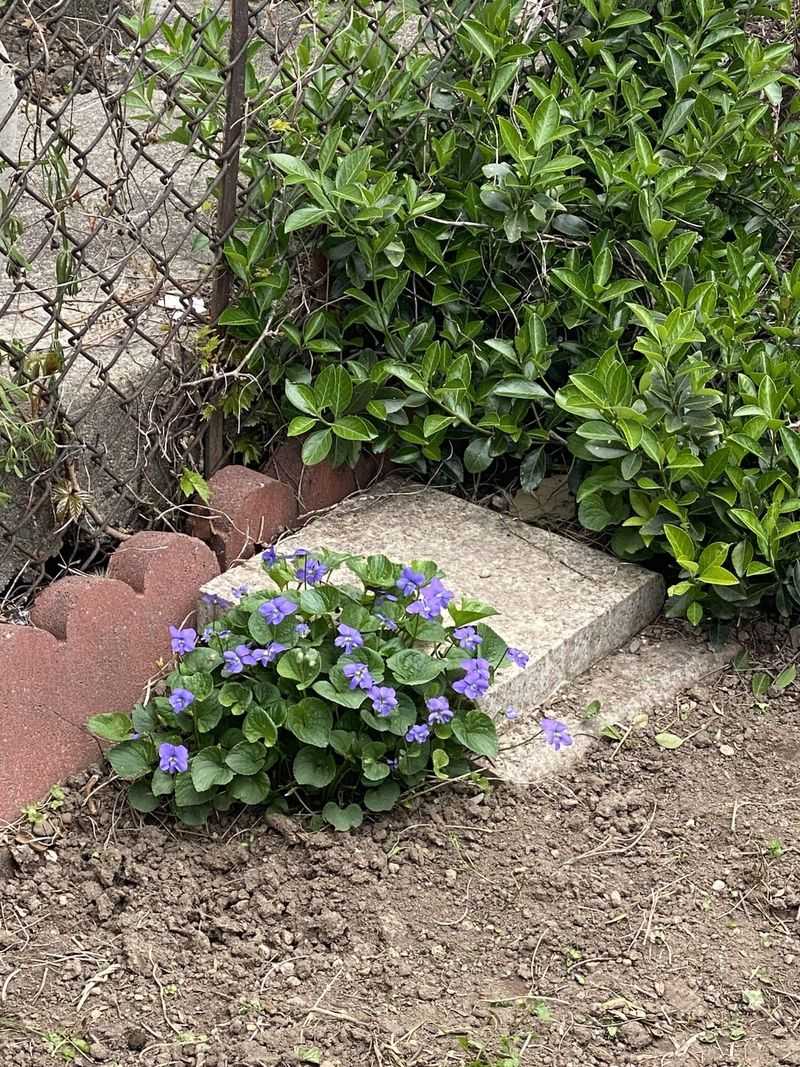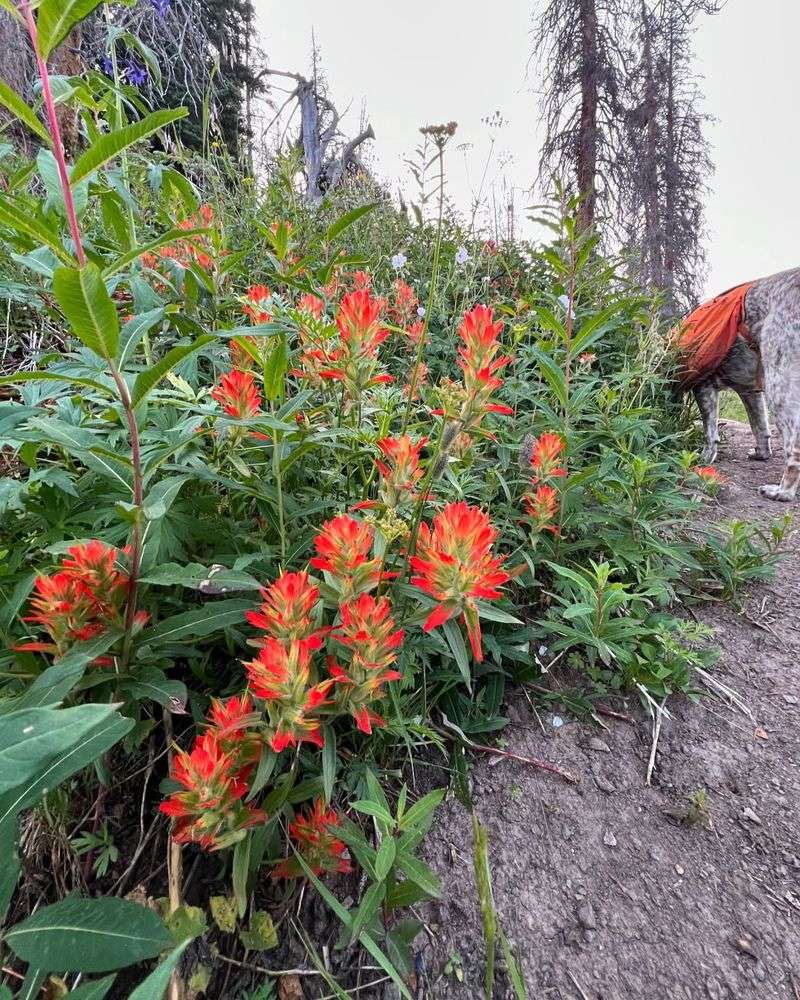Explore the heartiest plants that endure diverse climates across the United States. From the arid deserts of Arizona to the chilly landscapes of Maine, discover the flora that not only survives but thrives in each unique environment. This guide reveals the tenacity of nature, showcasing plants that stand strong against the elements, making them the perfect choice for your garden.
1. Alabama – Oakleaf Hydrangea
Alabama’s Oakleaf Hydrangea is a showstopper. This resilient shrub thrives in the humid heat, flaunting its large, oak-shaped leaves. Each spring, it bursts into a cloud of white blossoms, transitioning to a rich, wine-red in the fall.
The plant is a testament to nature’s adaptability, surviving in a range of soils. Its stunning foliage is not only beautiful but also a haven for local wildlife.
For gardeners, it’s both a statement piece and a practical choice, offering minimal maintenance while delivering year-round interest.
2. Alaska – Siberian Iris
In Alaska, the Siberian Iris stands as a beacon of beauty. Its deep violet petals pierce through the cold, resilient against harsh winds and late frosts.
This perennial is a favorite for its hardiness and striking appearance, offering vibrant blooms even in less-than-ideal conditions.
Gardeners appreciate its low-maintenance nature; once established, it requires little care. The Siberian Iris is not just about survival; it’s about thriving with grace in challenging environments.
3. Arizona – Saguaro Cactus
Nothing embodies Arizona’s spirit quite like the Saguaro Cactus. Towering and majestic, this giant thrives in the desert’s unforgiving heat.
Its iconic arms reach skyward, providing shelter and sustenance to desert wildlife. The Saguaro is an emblem of resilience, capable of storing vast amounts of water to endure prolonged droughts.
For those planting in arid regions, this cactus is both a symbol of the desert and a testament to nature’s incredible survival strategies.
4. Arkansas – Purple Coneflower
The Purple Coneflower graces Arkansas with its vibrant presence. Known for its resilience, this perennial thrives in the state’s diverse climates, from sunny prairies to shaded woodlands.
Its bright purple petals and golden centers attract a plethora of pollinators, making it a favorite among gardeners and bees alike.
Beyond beauty, the Purple Coneflower offers medicinal properties, with its roots historically used to boost immunity. It’s a harmonious blend of eye-catching aesthetics and practical benefits.
5. California – California Poppy
California’s state flower, the California Poppy, is a burst of sunshine. This resilient plant flourishes in the state’s varied climate, from coastal breezes to inland heat.
Its silky, orange blooms open to the sun, creating a spectacular display across fields and gardens. Gardeners cherish it for its low water needs and ability to thrive in poor soil.
The California Poppy is not just visually stunning; it symbolizes the spirit of the Golden State—vibrant, enduring, and full of life.
6. Colorado – Blue Spruce
In the heart of Colorado, the Blue Spruce stands tall and proud. This evergreen is a symbol of strength, thriving in chilly, high-altitude environments.
Its striking blue-green needles provide a year-round splash of color, while its dense foliage offers shelter to wildlife.
For homeowners, the Blue Spruce is a natural choice, requiring minimal care once established and adding timeless beauty to landscapes. It’s the perfect blend of resilience and elegance.
7. Connecticut – Mountain Laurel
Connecticut’s Mountain Laurel is a jewel of the woodland. Known for its stunning clusters of pink and white flowers, it thrives in shaded, sandy soils.
This evergreen shrub provides year-round interest, with glossy leaves and a compact form that suits any garden.
Gardeners prize it for its hardiness and low maintenance, as well as its ability to attract pollinators. The Mountain Laurel is both a visual delight and a testament to nature’s enduring beauty.
8. Delaware – American Holly
Delaware’s American Holly is a winter icon. This evergreen tree is beloved for its glossy, spiny leaves and bright red berries that persist through the cold months.
Its resilience is unmatched, thriving in varied soil types and conditions. Gardeners appreciate its year-round beauty and the festive cheer it brings.
Perfect for hedges or standalone displays, the American Holly is both a landscape staple and a nod to nature’s enduring charm.
9. Florida – Saw Palmetto
In Florida’s sun-drenched landscapes, the Saw Palmetto stands resilient. Known for its fan-shaped fronds, this hardy plant thrives in sandy, coastal soils.
Its adaptability to drought and salt makes it a staple in Floridian gardens, providing both beauty and shelter for wildlife.
Beyond its aesthetics, the Saw Palmetto is valued for its medicinal properties, particularly in traditional remedies. It’s a harmonious blend of form and function, embodying the spirit of the Sunshine State.
10. Georgia – Cherokee Rose
Georgia’s Cherokee Rose is a symbol of resilience and beauty. This climbing shrub is known for its fragrant, white blooms that grace the landscape each spring.
Thriving in the state’s humid climate, it climbs fences and trellises with ease, providing a natural screen and habitat for wildlife.
Gardeners appreciate its tenacity and minimal care requirements, making it a beloved choice for those seeking to add elegance and history to their gardens.
11. Hawaii – Ohia Lehua
In Hawaii, the Ohia Lehua embodies both mystery and resilience. This iconic plant thrives on volcanic soil, with its fiery red flowers contrasting against glossy green leaves.
Its adaptability to harsh, rocky environments showcases nature’s incredible survival tactics. Beyond beauty, it’s a critical part of the ecosystem, providing nectar for native birds.
Gardeners value the Ohia Lehua for its unique appearance and ecological significance, making it a treasured addition to any tropical garden.
12. Idaho – Syringa
Idaho’s Syringa, or Lewis Mock Orange, is a fragrant delight. Known for its clusters of white blossoms, it thrives in the state’s varied climates, from mountains to valleys.
This deciduous shrub offers a sweet scent reminiscent of orange blossoms, attracting pollinators far and wide. It’s a gardener’s favorite for its beauty and hardiness.
For those seeking a low-maintenance plant with high rewards, the Syringa is an excellent choice, providing elegance and fragrance to any landscape.
13. Illinois – Prairie Dropseed
Prairie Dropseed is Illinois’ graceful masterpiece. This native grass is cherished for its fine-textured leaves and airy seedheads that sway in the summer breeze.
It thrives in diverse conditions, from dry prairies to moist fields, showcasing remarkable adaptability. Gardeners love its low maintenance and ability to suppress weeds naturally.
Beyond aesthetics, Prairie Dropseed serves as an ecological powerhouse, providing food and shelter for wildlife. It’s a perfect harmony of beauty and practicality.
14. Indiana – Peony
In Indiana, the Peony reigns supreme. Known for its lush, voluptuous blooms, it thrives in the state’s temperate climate, bringing color and fragrance to gardens each spring.
This perennial is a garden staple, requiring minimal care once established. Its blooms, ranging from soft pinks to deep reds, attract pollinators and admiration alike.
For gardeners seeking a touch of elegance and old-world charm, the Peony delivers, offering beauty that endures year after year.
15. Iowa – Wild Prairie Rose
Iowa’s Wild Prairie Rose is a symbol of natural beauty and resilience. This native plant thrives in open prairies, its bright pink petals standing out against the landscape.
It requires little care, adapting easily to Iowa’s varied climates. Gardeners appreciate its hardiness and ability to attract pollinators, adding vibrancy and life to gardens.
The Wild Prairie Rose is more than a flower; it’s a piece of Iowa’s heritage, embodying the spirit of the open plains with grace and tenacity.
16. Kansas – Little Bluestem
Little Bluestem is Kansas’ prairie gem. This native grass is renowned for its striking autumn colors, transitioning from blue-green to shades of rust and orange.
It thrives in the state’s challenging climate, showing remarkable drought tolerance and soil adaptability. Gardeners value it for its low maintenance and ornamental appeal.
Beyond beauty, Little Bluestem plays a critical role in prairie ecosystems, providing food and habitat for wildlife. It’s a testament to the resilience and beauty of the Great Plains.
17. Kentucky – Goldenrod
Goldenrod lights up Kentucky meadows with its sunshine-yellow blooms. This resilient perennial thrives in diverse environments, from open fields to forest edges.
Known for attracting a host of pollinators, it’s a favorite among gardeners seeking to support local wildlife. Despite misconceptions, it’s not a cause of allergies, making it a safe and beautiful choice.
Goldenrod is more than just a pretty face; it’s a vital part of the ecosystem, offering beauty and ecological benefits with minimal care.
18. Louisiana – Bald Cypress
In Louisiana’s swamps, the Bald Cypress stands as an ancient sentinel. Known for its distinctive knees and moss-draped branches, it thrives in flooded conditions.
This deciduous conifer is prized for its resilience and ability to adapt to watery environments, providing habitat for diverse wildlife.
Gardeners appreciate its unique appearance and durability, making it a striking addition to landscapes. The Bald Cypress is both a historical symbol and a testament to nature’s adaptability.
19. Maine – Eastern White Pine
Maine’s Eastern White Pine is a towering masterpiece. This majestic conifer thrives in the state’s cold climate, offering year-round greenery and shelter for wildlife.
Its straight trunk and soft, flexible needles make it a favorite for timber as well as landscapes. Gardeners appreciate its fast growth and low maintenance.
The Eastern White Pine is more than a tree; it’s a symbol of the Northwoods, embodying the timeless beauty and resilience of Maine’s forests.
20. Maryland – Black-Eyed Susan
The Black-Eyed Susan is Maryland’s golden treasure. Known for its vibrant yellow petals and dark centers, it thrives in the state’s varied climate, from gardens to roadsides.
This hardy perennial is loved for its long-lasting blooms and ability to attract pollinators. Gardeners value its low maintenance and cheerful presence.
Beyond aesthetics, the Black-Eyed Susan symbolizes encouragement and motivation, offering beauty and inspiration to all who plant it.
21. Massachusetts – Mayflower
Massachusetts’ Mayflower is a delicate woodland wonder. This low-growing perennial is known for its pale pink, fragrant blossoms that carpet the forest floor in spring.
Thriving in shaded, acidic soils, it embodies resilience and subtle beauty. Gardeners appreciate its historical significance and role in supporting forest ecosystems.
For those seeking a touch of native elegance, the Mayflower offers a timeless charm, connecting gardens to the rich heritage of New England.
22. Michigan – White Pine
Michigan’s White Pine is a towering symbol of resilience. Known for its height and soft needles, it thrives in the state’s cold winters and rich soils.
This evergreen is a staple in Michigan’s landscapes, offering beauty and wildlife habitat. Gardeners value its rapid growth and minimal maintenance.
The White Pine stands as a testament to the enduring beauty and strength of Michigan’s natural heritage, providing both shade and serenity to gardens.
23. Minnesota – Purple Prairie Clover
Minnesota’s Purple Prairie Clover is a vibrant prairie staple. Known for its striking purple spikes, it thrives in open prairies and withstands the state’s harsh winters.
This perennial is beloved for attracting pollinators and enriching the soil with nitrogen, benefiting nearby plants. Gardeners appreciate its hardiness and minimal care requirements.
The Purple Prairie Clover is more than a wildflower; it’s a vital part of the prairie ecosystem, offering beauty and ecological value to gardens.
24. Mississippi – Southern Magnolia
Mississippi’s Southern Magnolia is a grand spectacle. Known for its large, fragrant white blooms, it thrives in the state’s warm, humid climate.
This evergreen tree is a symbol of Southern elegance, offering year-round beauty with its glossy leaves and towering presence. Gardeners value its minimal maintenance and stately appearance.
The Southern Magnolia is more than just a tree; it’s a living testament to the grace and grandeur of Mississippi’s landscapes.
25. Missouri – Flowering Dogwood
Missouri’s Flowering Dogwood is a springtime marvel. Known for its delicate pink and white blooms, it thrives in the state’s woodlands and gardens.
This deciduous tree offers a stunning display each spring, attracting pollinators and admiration alike. Gardeners appreciate its low maintenance and adaptability to various soil types.
The Flowering Dogwood is more than ornamental; it’s a symbol of hope and renewal, bringing beauty and life to Missouri landscapes.
26. Montana – Bitterroot
Montana’s Bitterroot is a rugged beauty. Known for its low-growing habit and vibrant pink blooms, it thrives in the state’s rocky, mountainous terrain.
This perennial is a symbol of resilience, surviving harsh winters and poor soils. Gardeners value its minimal care requirements and unique appearance.
The Bitterroot is more than a flower; it’s a symbol of perseverance, offering a splash of color and inspiration to Montana’s landscapes.
27. Nebraska – Goldenrod
Goldenrod adorns Nebraska’s prairies with its vibrant yellow blooms. Known for its hardiness, it thrives in open fields and tolerates drought and poor soils.
This perennial is a favorite among pollinators, drawing bees and butterflies alike. Gardeners appreciate its low maintenance and ecological benefits.
Beyond beauty, Goldenrod is a vital part of prairie ecosystems, offering a burst of color and life with minimal effort.
28. Nevada – Indian Ricegrass
Indian Ricegrass is Nevada’s desert survivor. Known for its delicate seedheads and fine-textured foliage, it thrives in the state’s arid conditions.
This perennial grass is a symbol of resilience, adapting to sandy, low-nutrient soils. Gardeners value its drought tolerance and ability to stabilize soils.
Indian Ricegrass is more than a plant; it’s a testament to survival, offering beauty and ecological benefits in challenging environments.
29. New Hampshire – Purple Lilac
New Hampshire’s Purple Lilac is a fragrant delight. Known for its clusters of purple blossoms, it thrives in the state’s cool climate and rich soils.
This deciduous shrub is beloved for its long-lasting blooms and sweet scent, attracting pollinators and admiration alike. Gardeners appreciate its low maintenance and historical significance.
The Purple Lilac is more than a flower; it’s a symbol of spring and renewal, offering beauty and fragrance to New Hampshire landscapes.
30. New Jersey – Violet
New Jersey’s Violet is a woodland gem. Known for its delicate purple blooms, it thrives in shaded, moist areas, bringing color to the forest floor.
This perennial is a favorite among gardeners for its low maintenance and ability to attract pollinators. It’s a symbol of modest beauty and resilience.
The Violet is more than a flower; it’s a piece of New Jersey’s natural heritage, offering subtle beauty and ecological value to local landscapes.
31. New Mexico – Yucca
In New Mexico, the Yucca stands as a desert icon. Known for its tall spikes and striking white blooms, it thrives in arid conditions and rocky soils.
This perennial is a symbol of resilience, adapting to harsh climates with ease. Gardeners value its low maintenance and architectural appeal.
The Yucca is more than a plant; it’s a symbol of the desert’s beauty and tenacity, offering striking visuals and ecological benefits to dry landscapes.
32. New York – Sugar Maple
New York’s Sugar Maple is a fall icon. Known for its vibrant red and orange foliage, it thrives in the state’s cool climate and rich soils.
This deciduous tree is a staple in landscapes, offering beauty and shade year-round. Gardeners value its minimal maintenance and ecological benefits.
The Sugar Maple is more than a tree; it’s a symbol of autumn’s splendor, providing breathtaking color and life to New York’s landscapes.
33. North Carolina – Dogwood
North Carolina’s Dogwood is a springtime spectacle. Known for its white blooms and vibrant fall foliage, it thrives in the state’s temperate climate.
This deciduous tree is a favorite among gardeners for its minimal maintenance and stunning seasonal displays. It’s a symbol of beauty and resilience.
The Dogwood is more than ornamental; it’s a piece of North Carolina’s natural beauty, offering elegance and ecological benefits to any garden.
34. North Dakota – Wild Prairie Rose
North Dakota’s Wild Prairie Rose is a native treasure. Known for its bright pink blooms, it thrives in open prairies and withstands harsh winters.
This perennial is beloved for attracting pollinators and adding color to landscapes. Gardeners appreciate its minimal care and ecological value.
The Wild Prairie Rose is more than a flower; it’s a symbol of resilience and beauty, offering a touch of nature’s charm to North Dakota’s landscapes.
35. Ohio – Ohio Buckeye
Ohio’s Buckeye is a stately symbol of the state’s natural heritage. Known for its distinctive leaves and autumnal colors, it thrives in the state’s varied climate.
This deciduous tree is a favorite for its minimal maintenance and ability to attract wildlife. Gardeners value its unique appearance and ecological benefits.
The Ohio Buckeye is more than a tree; it’s a reminder of nature’s beauty and resilience, offering shade and serenity to Ohio landscapes.
36. Oklahoma – Indian Blanket
Oklahoma’s Indian Blanket is a fiery spectacle. Known for its vibrant red and yellow blooms, it thrives in open fields and tolerates heat and drought.
This perennial is a favorite among gardeners for its low maintenance and ability to attract pollinators. It’s a symbol of natural beauty and resilience.
The Indian Blanket is more than a flower; it’s a vibrant piece of Oklahoma’s landscape, offering color and life to gardens across the state.
37. Oregon – Oregon Grape
Oregon’s Grape is a woodland wonder. Known for its glossy leaves and bright yellow blooms, it thrives in the state’s temperate climate.
This evergreen shrub is beloved for its minimal maintenance and ability to attract pollinators. It’s a symbol of resilience and natural beauty.
The Oregon Grape is more than a plant; it’s a piece of Oregon’s natural charm, offering beauty and ecological benefits to gardens and forests alike.
38. Pennsylvania – Mountain Laurel
Pennsylvania’s Mountain Laurel is a woodland gem. Known for its lovely clusters of pink and white flowers, it thrives in the state’s diverse climates.
This evergreen shrub is cherished for its beauty and ability to attract pollinators. Gardeners value its low maintenance and adaptability.
The Mountain Laurel is more than ornamental; it’s a symbol of resilience and grace, bringing beauty and life to Pennsylvania landscapes.
39. Rhode Island – Violet
Rhode Island’s Violet is a garden staple. Known for its delicate purple flowers, it thrives in shaded, moist environments, bringing color to the landscape.
This perennial is a favorite for its low maintenance and ability to attract pollinators. It’s a symbol of modest beauty and resilience.
The Violet is more than a flower; it’s a piece of Rhode Island’s natural beauty, offering subtle charm and ecological value to gardens.
40. South Carolina – Yellow Jessamine
South Carolina’s Yellow Jessamine is a fragrant delight. Known for its bright yellow flowers and sweet scent, it thrives in the state’s warm climate.
This vine is cherished for its minimal maintenance and ability to attract pollinators. It’s a symbol of elegance and resilience.
The Yellow Jessamine is more than a plant; it’s a piece of South Carolina’s natural beauty, offering fragrance and color to any garden.
41. South Dakota – Pasque Flower
South Dakota’s Pasque Flower is a harbinger of spring. Known for its purple blooms and fuzzy stems, it thrives in open prairies and withstands harsh winters.
This perennial is beloved for its early blooms and ability to attract pollinators. Gardeners appreciate its minimal care and ecological benefits.
The Pasque Flower is more than a plant; it’s a symbol of resilience and renewal, offering beauty and life to South Dakota’s landscapes.
42. Tennessee – Iris
Tennessee’s Iris is a garden jewel. Known for its vibrant blooms in shades of purple and white, it thrives in the state’s varied climates.
This perennial is a favorite for its minimal maintenance and ability to attract pollinators. It’s a symbol of beauty and resilience.
The Iris is more than a flower; it’s a piece of Tennessee’s natural elegance, offering color and life to gardens across the state.
43. Texas – Bluebonnet
Texas’ Bluebonnet is a breathtaking spectacle. Known for its vibrant blue blooms, it thrives in the state’s diverse climates, from prairies to roadsides.
This annual is beloved for its minimal maintenance and ability to attract pollinators. It’s a symbol of beauty and resilience.
The Bluebonnet is more than a flower; it’s a living tapestry of Texas’ landscape, offering color and joy to gardens and fields alike.
44. Utah – Sego Lily
Utah’s Sego Lily is a desert jewel. Known for its delicate white petals and striking appearance, it thrives in arid climates and rocky soils.
This perennial is a symbol of resilience, adapting to harsh conditions with ease. Gardeners value its minimal maintenance and ecological benefits.
The Sego Lily is more than a flower; it’s a symbol of survival and beauty, offering elegance to Utah’s challenging landscapes.
45. Vermont – Red Clover
Vermont’s Red Clover is a meadow gem. Known for its vibrant pink blooms, it thrives in the state’s cool climate and rich soils.
This perennial is a favorite for its ability to attract pollinators and improve soil quality. Gardeners appreciate its minimal maintenance and ecological benefits.
The Red Clover is more than a flower; it’s a symbol of Vermont’s natural beauty, offering color and life to gardens and meadows alike.
46. Virginia – American Dogwood
Virginia’s American Dogwood is a springtime classic. Known for its white blooms and vibrant fall foliage, it thrives in the state’s temperate climate.
This deciduous tree is a favorite for its minimal maintenance and stunning seasonal displays. It’s a symbol of beauty and resilience.
The American Dogwood is more than ornamental; it’s a piece of Virginia’s natural beauty, offering elegance and ecological benefits to any garden.
47. Washington – Western Hemlock
Washington’s Western Hemlock is a forest icon. Known for its graceful, drooping branches, it thrives in the state’s moist, temperate climate.
This evergreen tree is a staple in Washington’s landscapes, providing habitat for wildlife and year-round beauty. Gardeners value its minimal care and ecological benefits.
The Western Hemlock is more than a tree; it’s a symbol of the Pacific Northwest’s natural charm, offering elegance and life to forests and gardens alike.
48. West Virginia – Rhododendron
West Virginia’s Rhododendron is a mountain marvel. Known for its large blooms and evergreen foliage, it thrives in the state’s cool, shaded environments.
This shrub is cherished for its stunning floral displays and ability to attract pollinators. Gardeners appreciate its minimal maintenance and aesthetic appeal.
The Rhododendron is more than a plant; it’s a symbol of West Virginia’s natural beauty, offering elegance and life to gardens and landscapes.
49. Wisconsin – Wood Violet
Wisconsin’s Wood Violet is a forest treasure. Known for its delicate purple blooms, it thrives in shaded, moist environments, gracing the forest floor.
This perennial is a favorite for its low maintenance and ability to attract pollinators. It’s a symbol of modest beauty and resilience.
The Wood Violet is more than a flower; it’s a piece of Wisconsin’s natural charm, offering subtle beauty and ecological value to gardens and woodlands.
50. Wyoming – Indian Paintbrush
Wyoming’s Indian Paintbrush is a fiery spectacle. Known for its vibrant red blooms, it thrives in open prairies and withstands harsh climates.
This perennial is beloved for attracting pollinators and adding color to landscapes. Gardeners appreciate its minimal care and ecological benefits.
The Indian Paintbrush is more than a flower; it’s a symbol of resilience and beauty, offering a touch of nature’s artistry to Wyoming’s landscapes.

